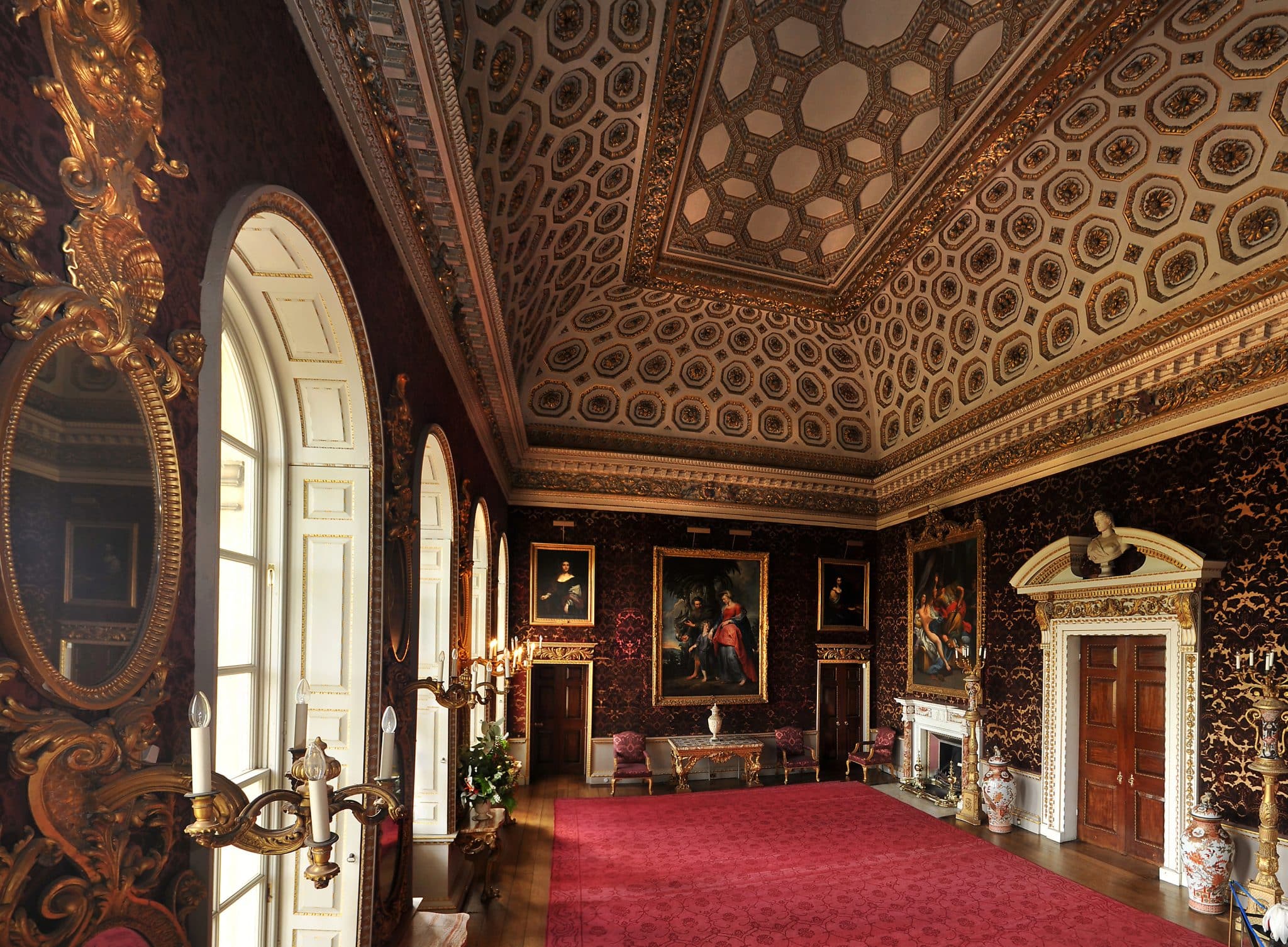
About us
Our history
There was once a mannamed Thomas Coke…
Holkham is a place that’s steeped in history.
Whether you are interested in the Palladian architecture of the Hall or the art and interiors inside it, the lives of the people who have lived and worked here or the pioneering decisions which they have made, the last few centuries have made Holkham what it is today.
Step back in time as we delve into the past 400 years…
1609
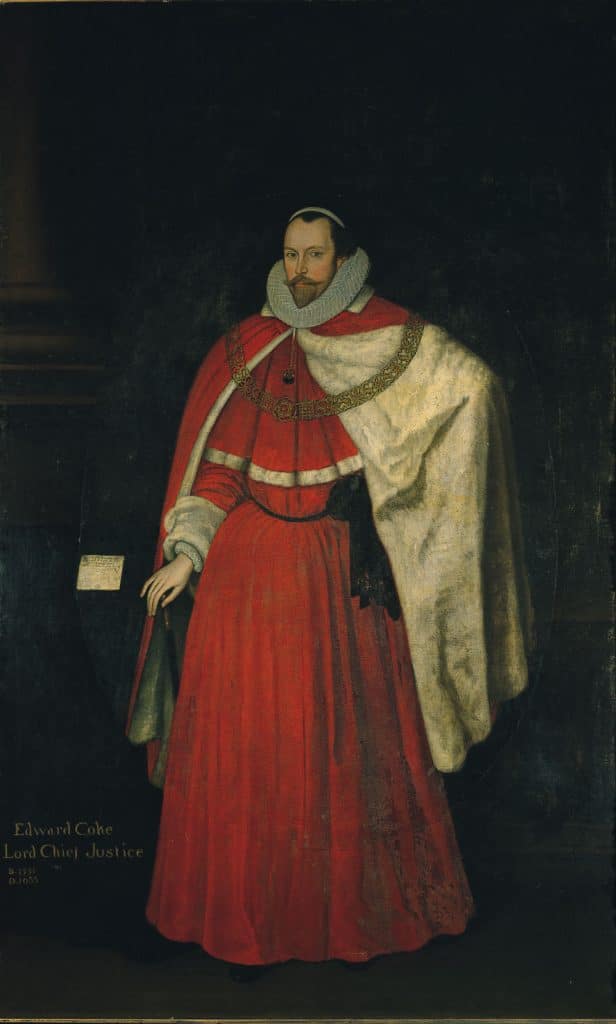
The Coke family comes to Holkham
Sir Edward Coke, the famous lawyer who founded the family fortunes, purchased Neales Manor in Holkham Parish, founding what was to become the Holkham Estate. Edward was born in Mileham in Norfolk and held high offices such as Speaker of the House of Commons, Attorney General and Lord Chief Justice.
1609
1612
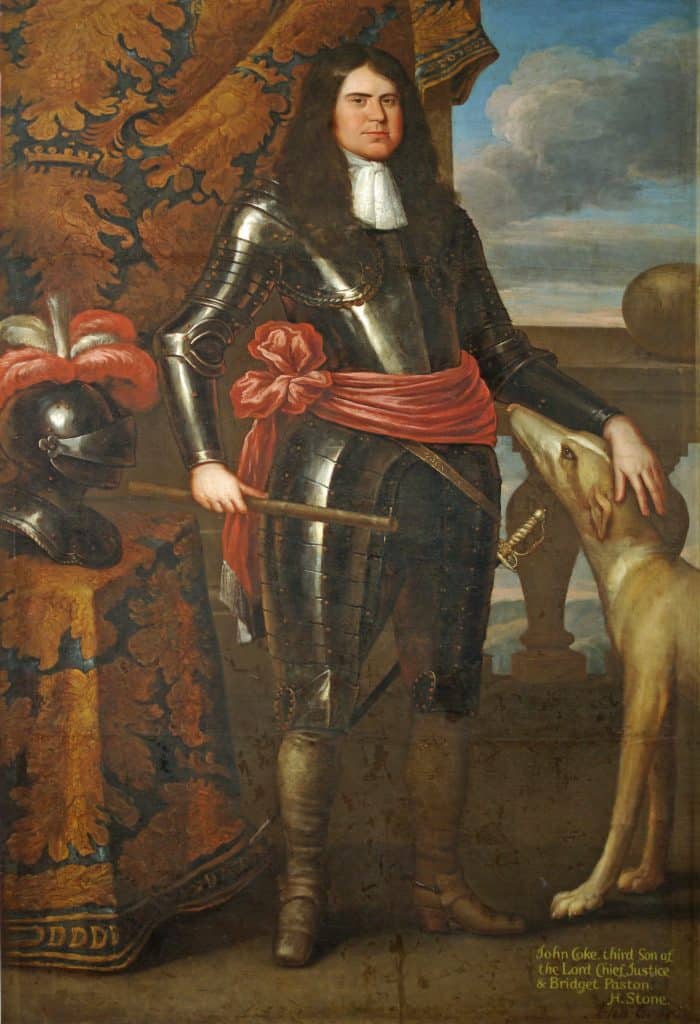
The estate starts to expand
Sir Edward arranged the marriage of his 4th son John to his ward Meriel Wheatley, the heiress of Hill Hall, the principle house at Holkham. The marriage brought more money and land to the estate which allowed the neighbouring properties, including what is now known as the Ancient House to be acquired. John started draining the salt marshes so they could be used for grazing.
1612
1697
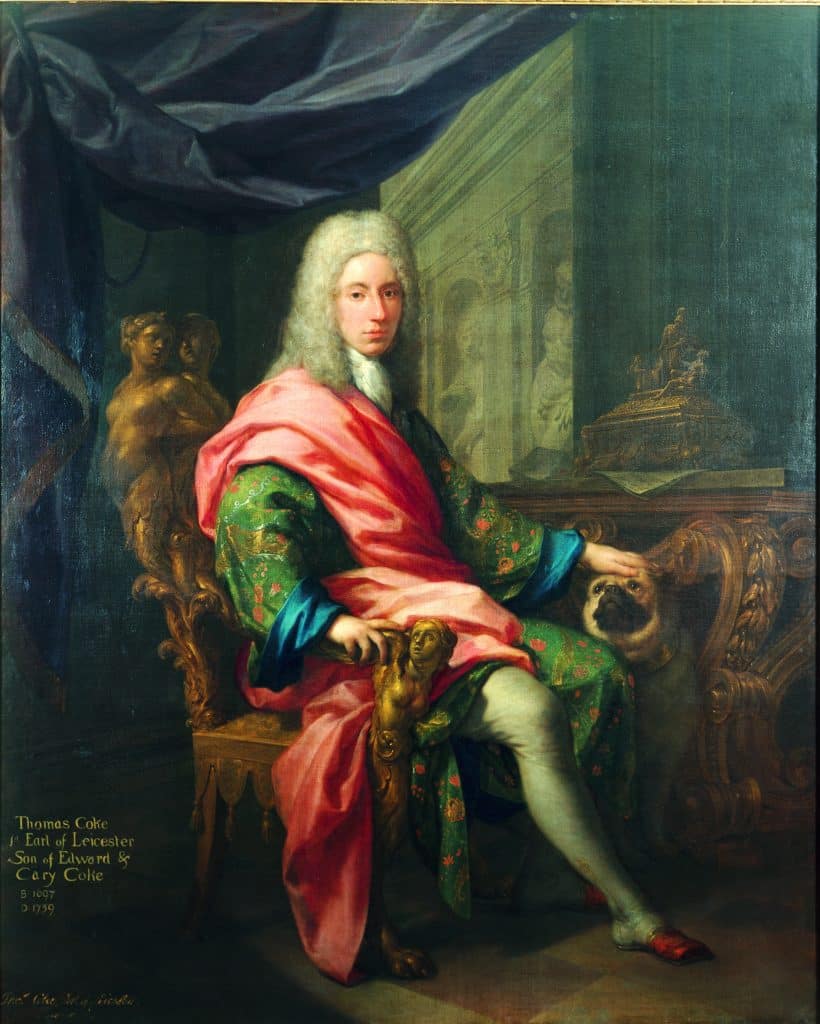
Thomas Coke, the builder of the hall
Thomas Coke was born. Orphaned at the age of 10 he inherited the estate when he came of age. Highly intelligent, yet stubborn and wilful, he got into trouble as a young man for cockfighting and gambling and, at the age of just 15, was sent away on a six-year Grand Tour of Europe. During his tour he met William Kent and both were inspired by the ancient temples and Palladian villas they saw in Italy.
1697
1718
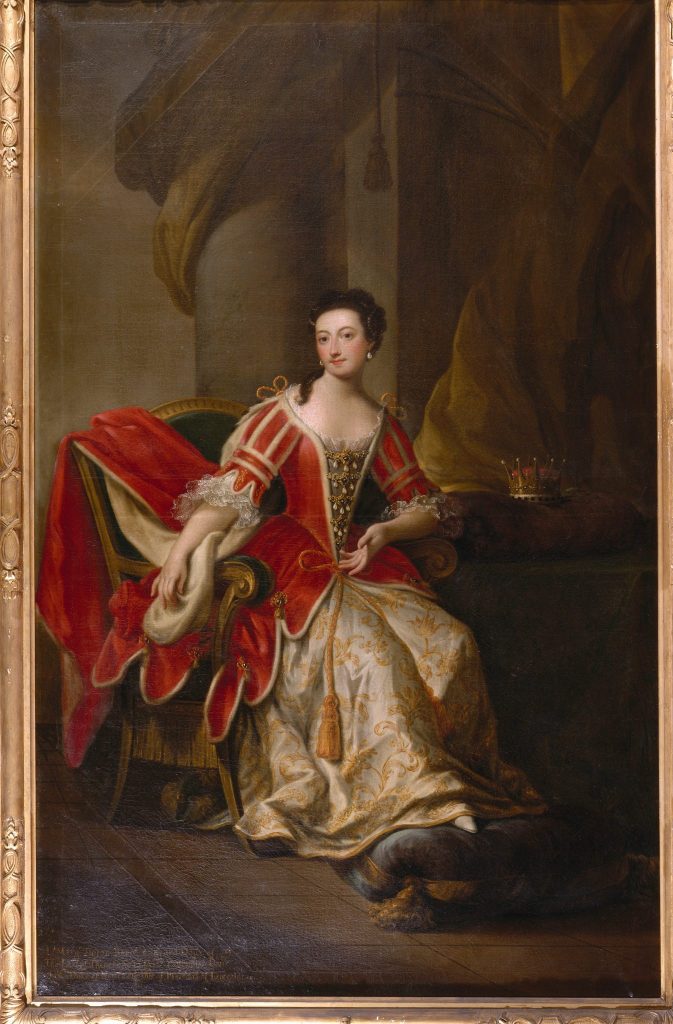
Thomas Coke returns to Holkham
Thomas returned not only laden with treasures, but educated, refined and eager to start building a hall to house them. He married Lady Margaret Tufton who would share his vision for the creation of a Temple to the Arts.
1718
1730s
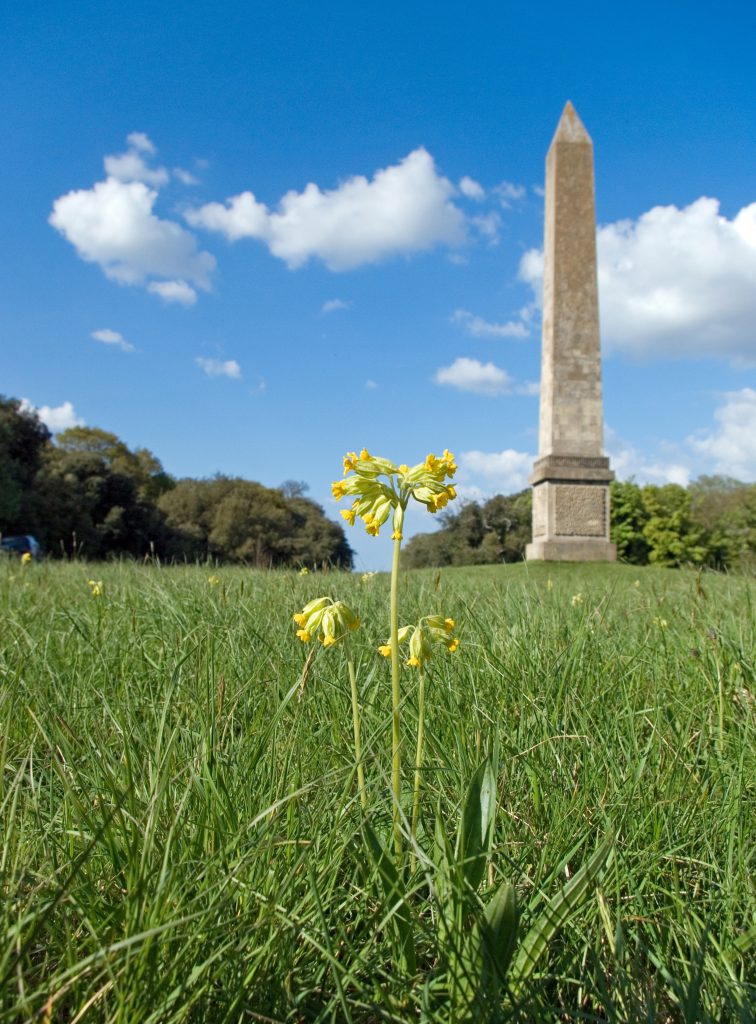
Building begins
Before work started on the hall, Thomas built striking structures in the landscape. The first was the Obelisk, built as a statement of intent, shortly followed by the South Avenue and Temple. Designed by William Kent, Lord Burlington, Matthew Brettingham and Thomas Coke himself, work on Thomas’s grand villa on the north Norfolk coast started in 1734.
1730s
1742
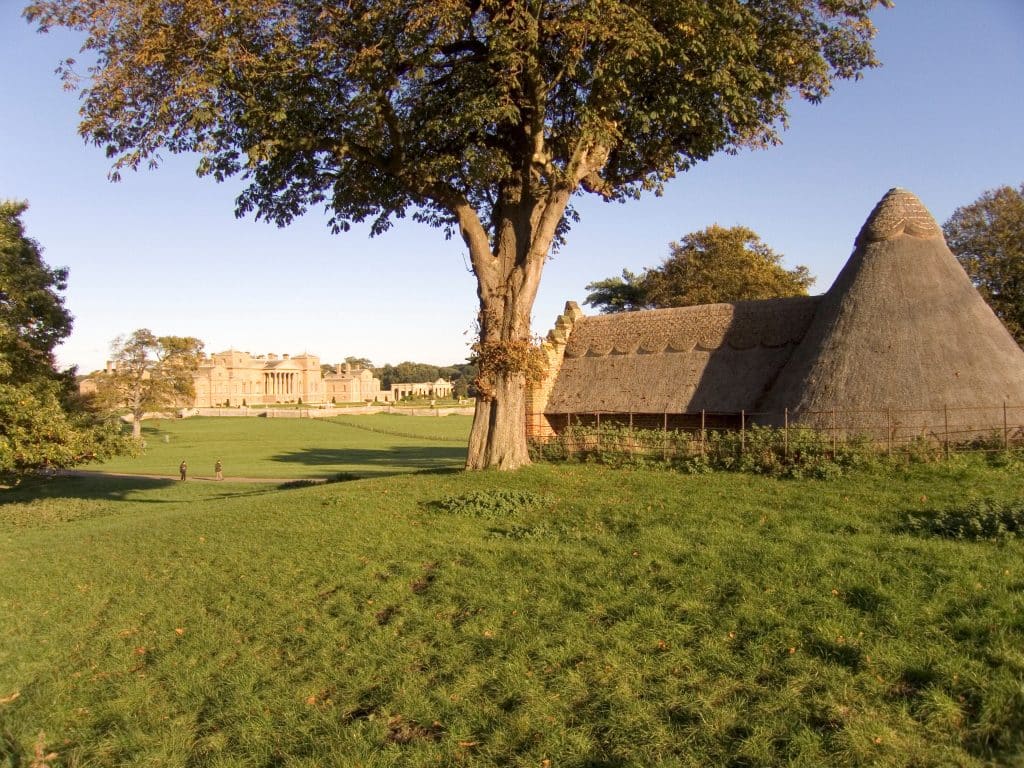
Early Refrigeration
The ice house was first filled with ice. Year-round access to ice meant that not only could meat and fish be preserved but ice sculptures to decorate tables could be made, enjoyed by guests while also tucking into their Italian style ice cream and sorbets.
1742
1744
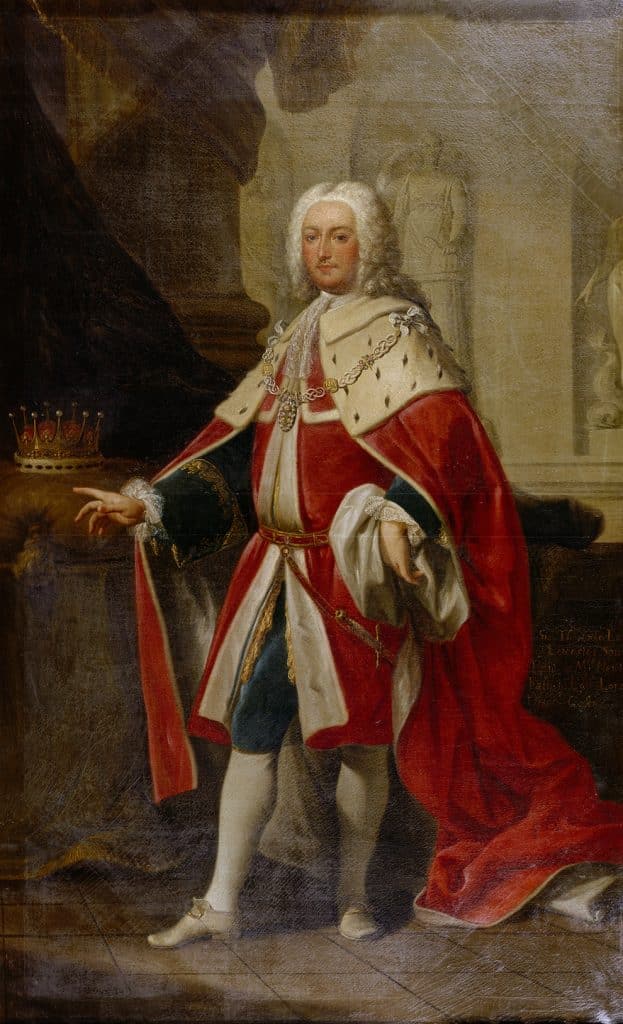
Honours
Thomas Coke was granted the title ‘Earl of Leicester’.
1744
1750s
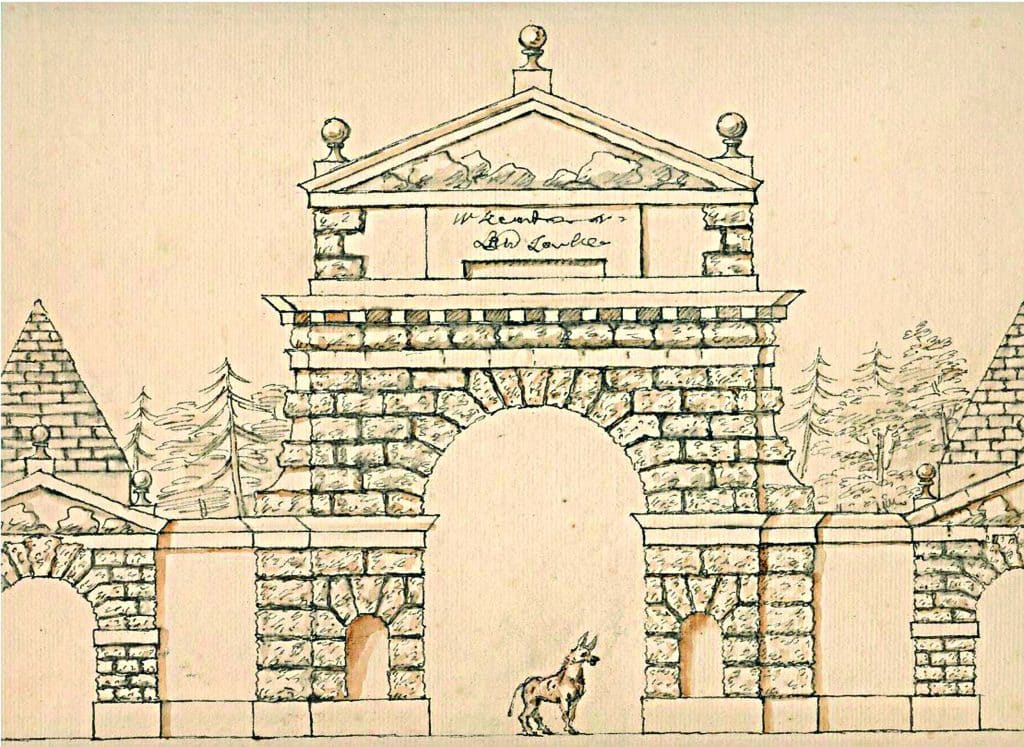
Triumphs and traditions
The Triumphal Arch, based on designs by William Kent, was finished in 1757 and added a spectacular sense of arrival for visitors to Holkham. In the village, the alms houses at the north entrance were built. Sadly, in 1759, Thomas Coke died without seeing his lifetime’s work completed, however his equally passionate widow Lady Margaret took charge and oversaw the hall’s completion.
1750s
1764
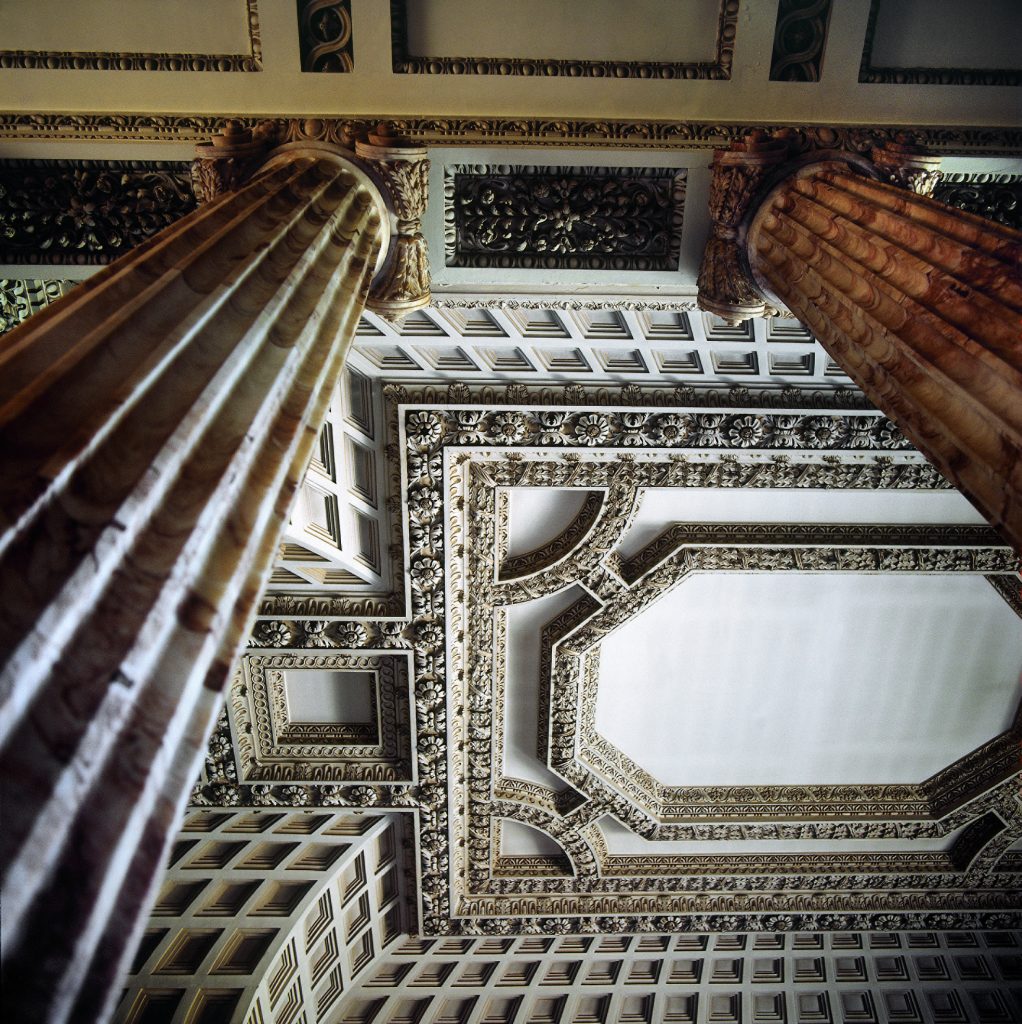
The grand unveiling
The hall was completed to great interest, and public tours of the house were given by the housekeeper on a Tuesday afternoon (although the first public guidebook wasn’t published until 1775!)
1764
1776
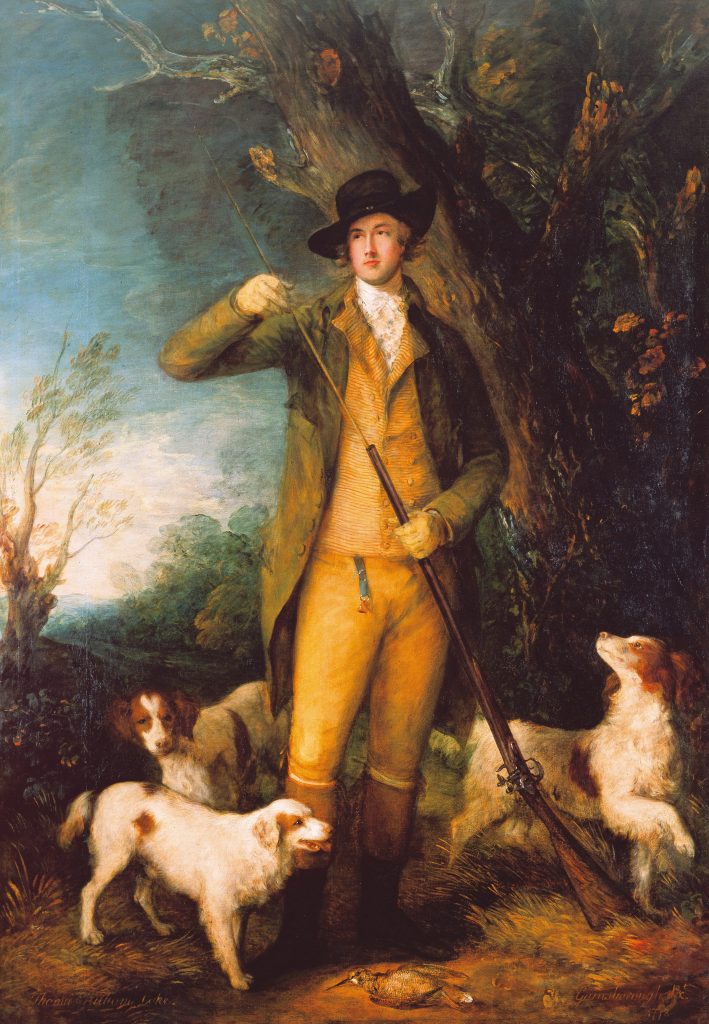
Thomas William Coke – the great agriculturalist
Thomas William Coke, great nephew of Thomas Coke, inherited Holkham Estate, but not the title. He was a prominent Whig politician and great agriculturalist, becoming known as ‘Coke of Norfolk’. Building on Holkham’s farming prowess he pioneered four-course crop rotation and modern methods of farming.
1776
1780s
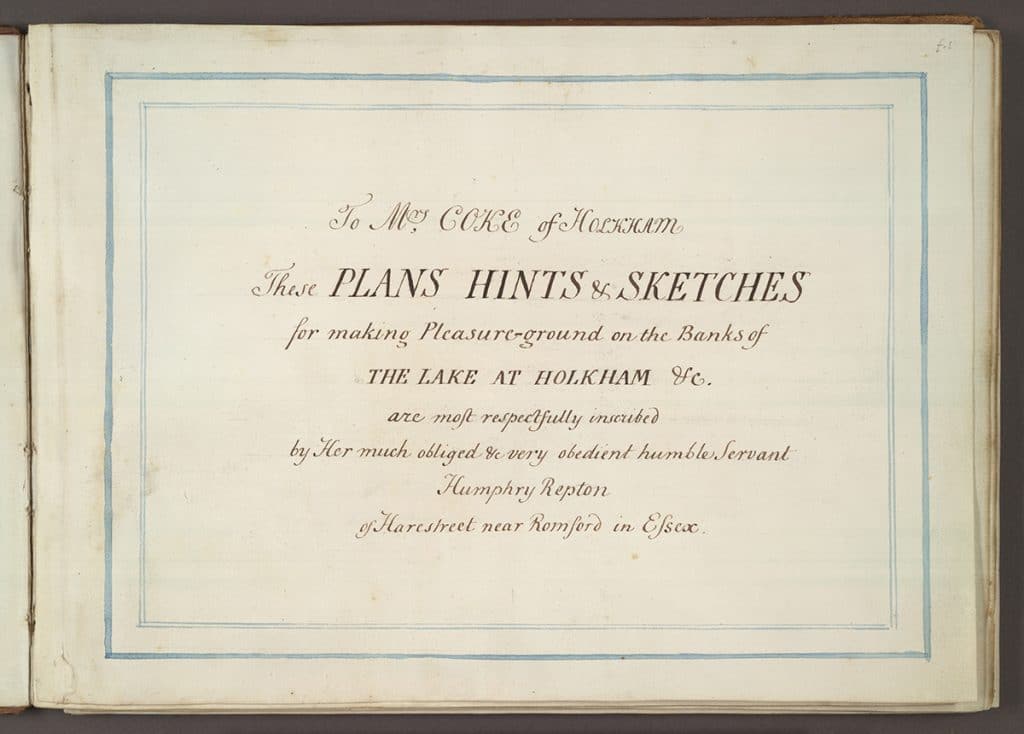
Reinventing the landscape
T W Coke made large scale changes to the park, its boundaries, public roads, kitchen gardens, lake and woods. New land was bought and added to the estate, the kitchen gardens were relocated and the walled garden as we know it today was built. Other additions include Palmers Lodge, Church Lodge, the ha-ha and extending the north end of the lake. In 1789 Humphry Repton finished his very first ‘Red Book’, full of designs for new pleasure gardens at Holkham. Between 1781 and 1804 John Sandys, the head gardener designed and planted approximately 700 acres of woodland, with an astonishing two million trees.
1780s
1790s
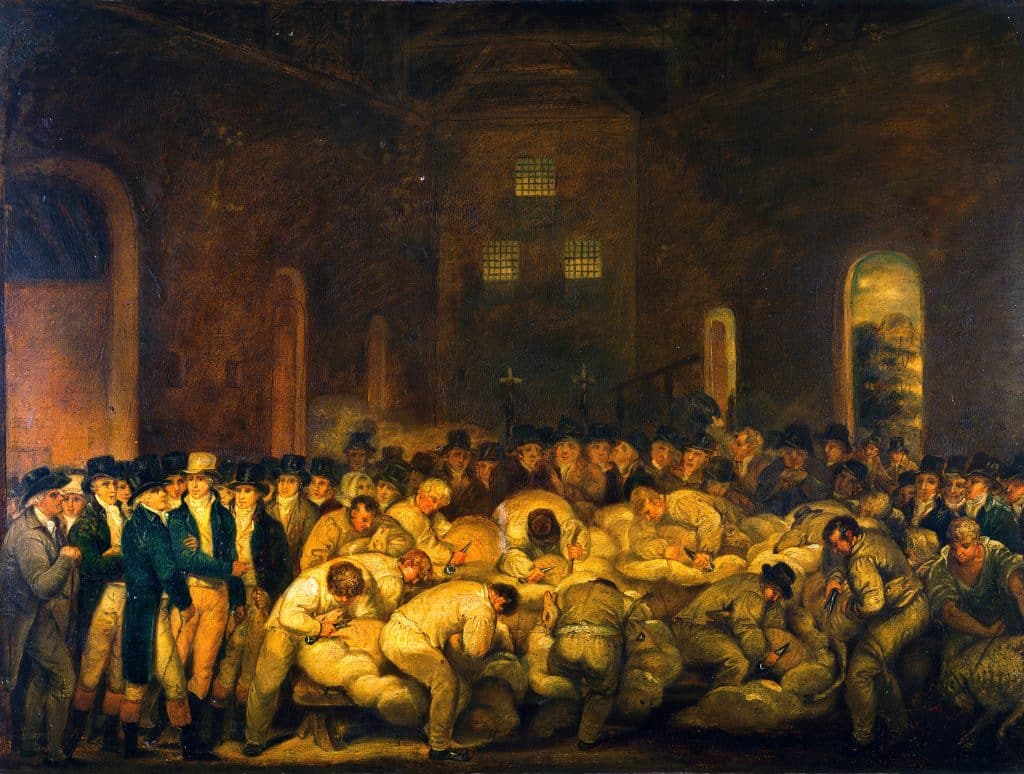
Farming focus and Sheep Shearing
The reorganisation of the park continued, clearly influenced by T W Coke’s passion for farming. He added to the Longlands farm buildings, which included architect Samuel Wyatt’s masterpiece, The Great Barn, in the fields nearby. Both Longlands and the Great Barn became world famous as one of the venues for Coke’s Sheep Shearings – annual gatherings for hundreds of farmers and dignitaries and the forerunners of today’s modern country shows.
1790s
Early 1800s
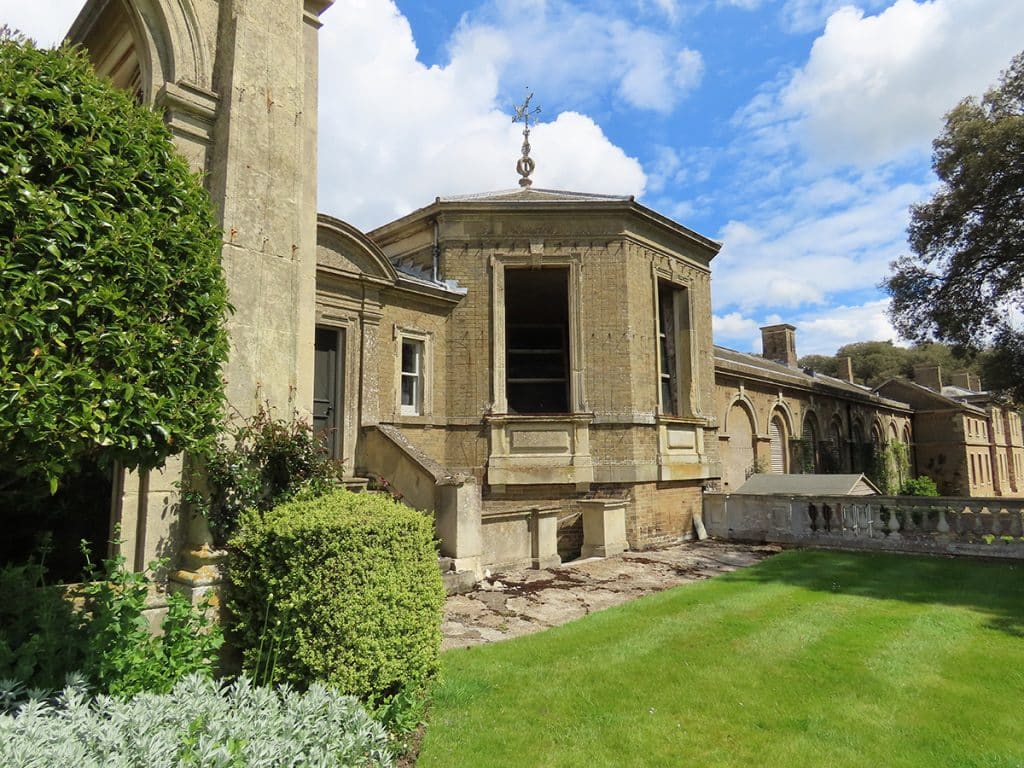
Delightful details
The lake was further extended, with a sinuous twist, creating ‘indisputably the most superb piece of artificial water in this kingdom’. New buildings included the octagonal Game Larder and Octagon Cottage in Holkham village.
Early 1800s
1810s
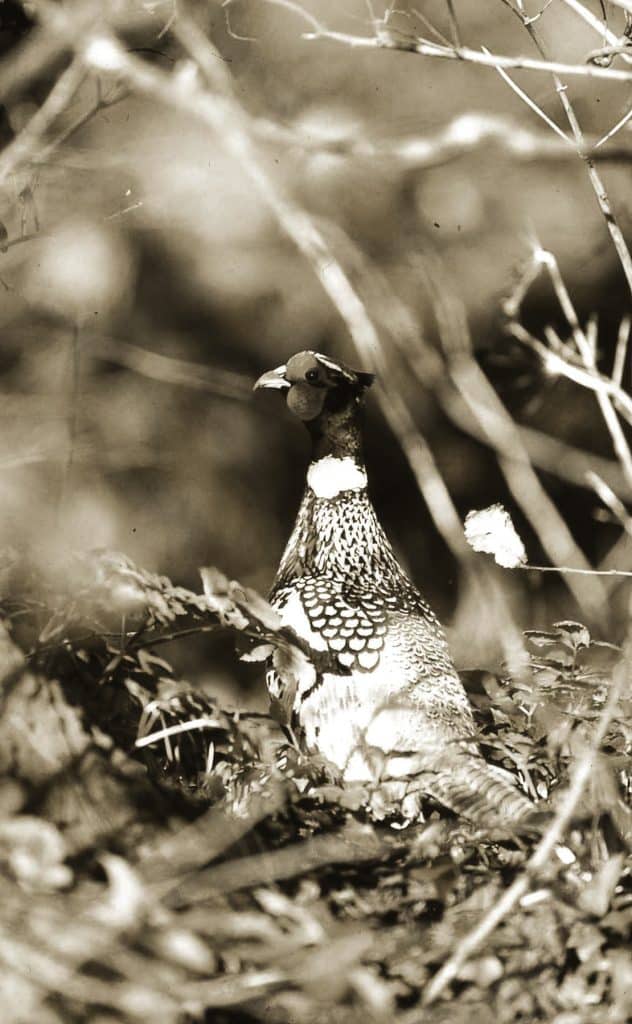
A formidable gamekeeper
Our first female gamekeeper, Polly Fishburn, was an interesting character who very much bucked the trend. She was not only the terror of the local poachers, she also knew just how to keep misbehaving gentlemen in their place.
1810s
1830s
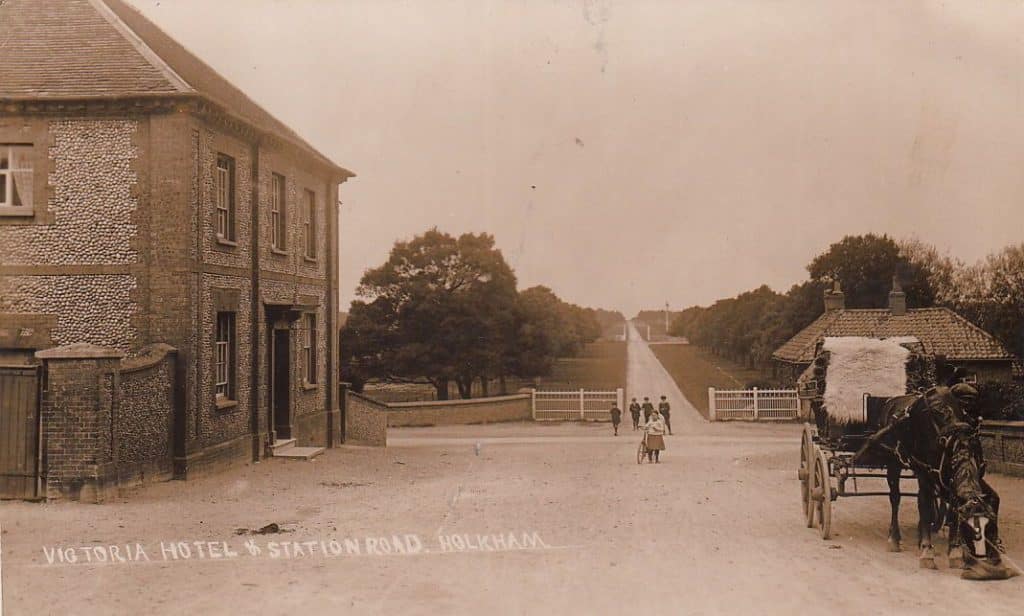
An Earldom and a very long wall
In 1837, at the age of 83, Thomas William Coke accepted the re-created title ‘Earl of Leicester’ from Queen Victoria. In the same year a new inn was built, which, of course, was named The Victoria Inn. In 1839 the nine-mile wall was completed after a six-year build – it is still the longest park wall in the whole of East Anglia.
1830s
1840s
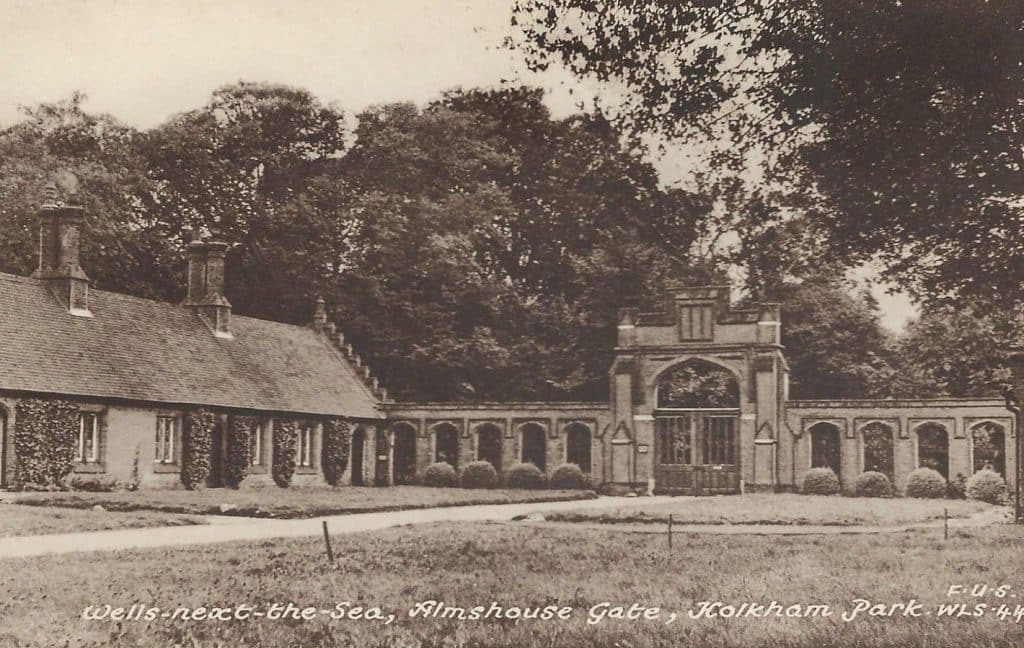
Deer and cricket
Our iconic herd of Fallow Deer was introduced to the park. Cricket also arrived with a bespoke cricket pitch set up by Lords in a stunning spot right next to the lake. Elsewhere, the neo-gothic North Gates were built, as was the South Lodge.
1840s
1842
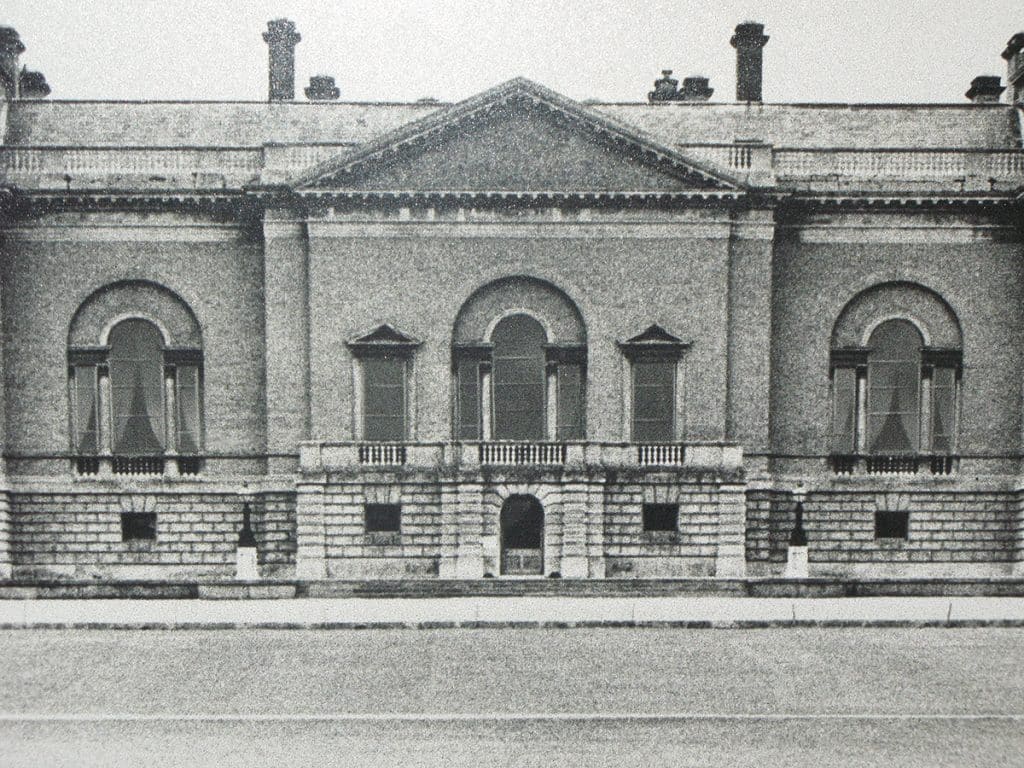
The 2nd Earl
Also called Thomas William, the succession of the 2nd Earl saw great strides made in repairing, refurbishing and redecorating the hall, including installing large plate windows and gilding the interior.
1842
1849
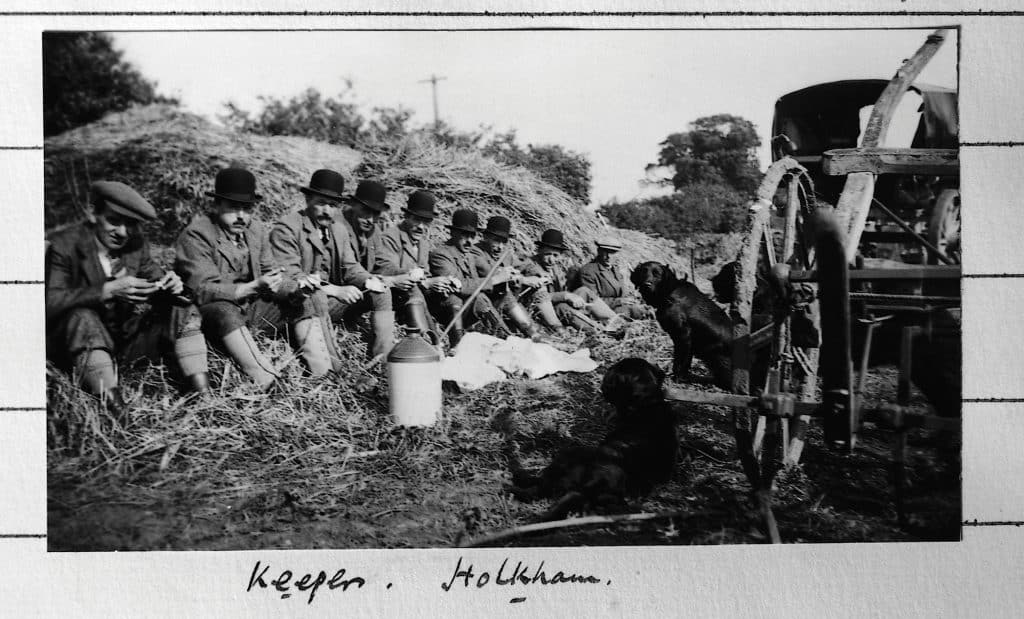
The Coke Hat
Also known as the Bowler, the Coke hat was invented by Lock & Co for Holkham’s gamekeepers. Tried and tested to ward off low-lying brances (and poachers), it has become iconic over the years being worn by city gents, Butch Cassidy, Charlie Chaplin, John Steed, John Cleese and our current team of gamekeepers of course.
1849
1850s
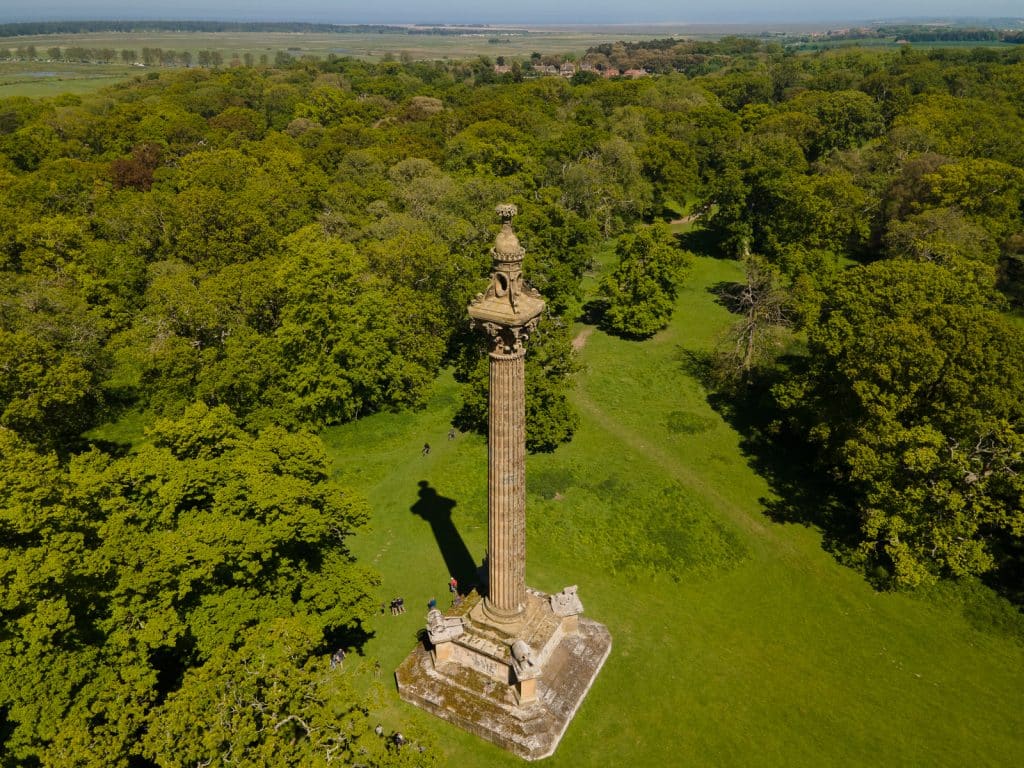
The Coke Monument
40 metres high, with a giant wheatsheaf on the top, and the only memorial in the park paid for by public subscription, the monument to the achievements of Thomas William Coke was completed after a 5 year build.
1850s
1850s
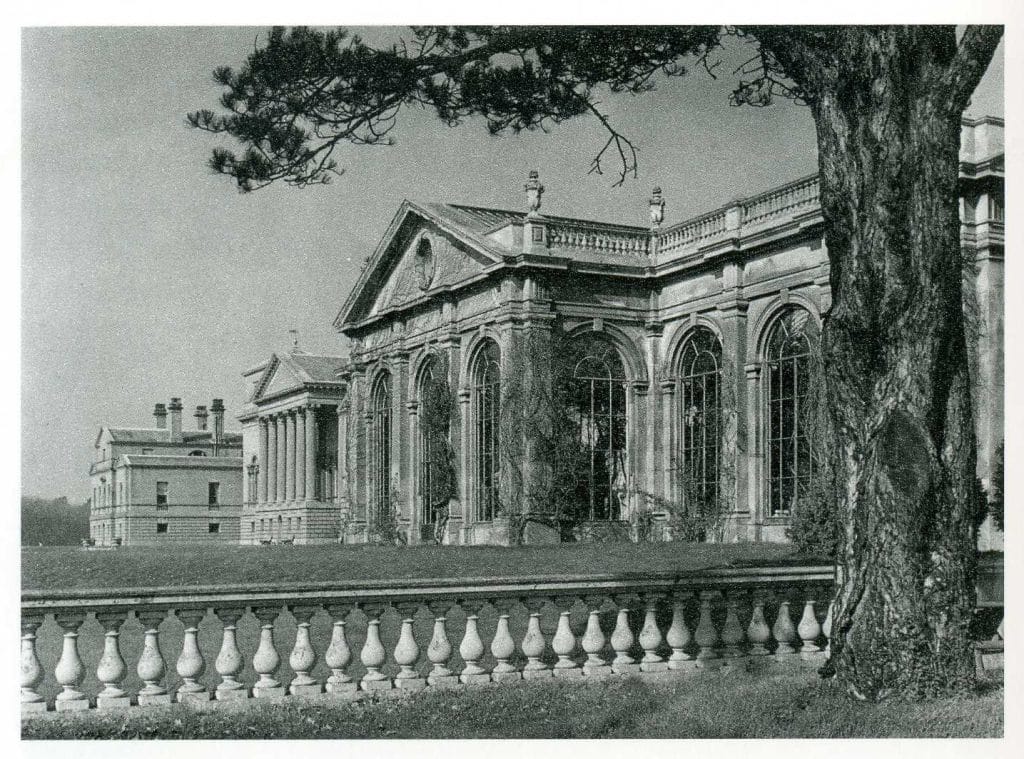
The hall’s new setting
The creation of the hall’s terraces and intricate parterres, the spectacular fountain and the orangery gave the hall a splendid new setting. Next to the hall the Stables Courtyard buildings – including an estate office, stables, porters lodge and laundry – were built. To help stave off the bitter northerly winds, the vestibule was added to the north entrance of the hall.
1850s
1859
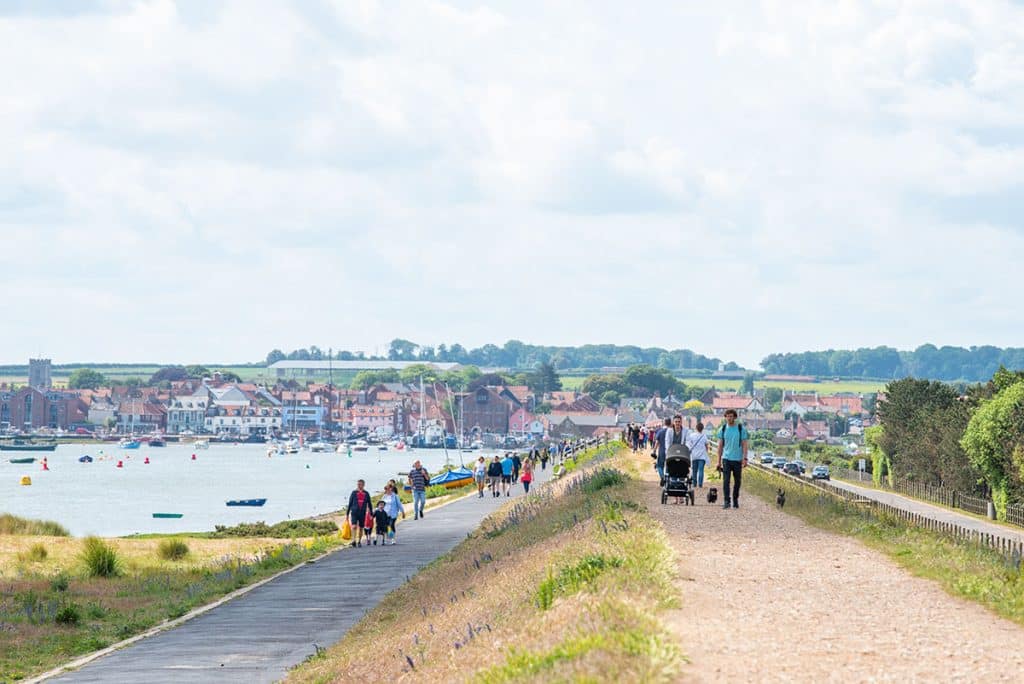
Sea defences
Built as a sea defence, the mile-long embankment from Wells quay to the beach was completed and it rapidly became popular with locals and visitors as a means to journey from Wells Town to the Beach.
1859
1860s
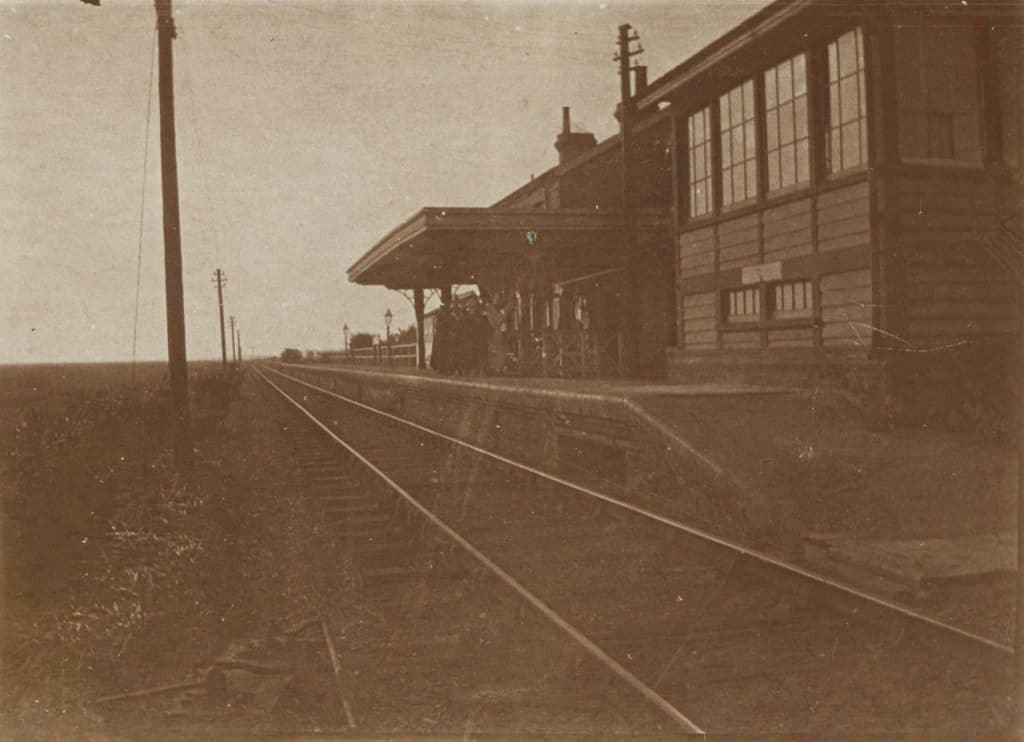
Steam, gas and bowling
The West Norfolk Junction Railway reached Holkham in 1866 with a station on Lady Anne’s Drive. The north entrance now became the main entrance to the park for most visitors. In the hall, gas lighting was lit for the first time, and just next to the hall a large building was built to house a bowling alley.
1860s
1869
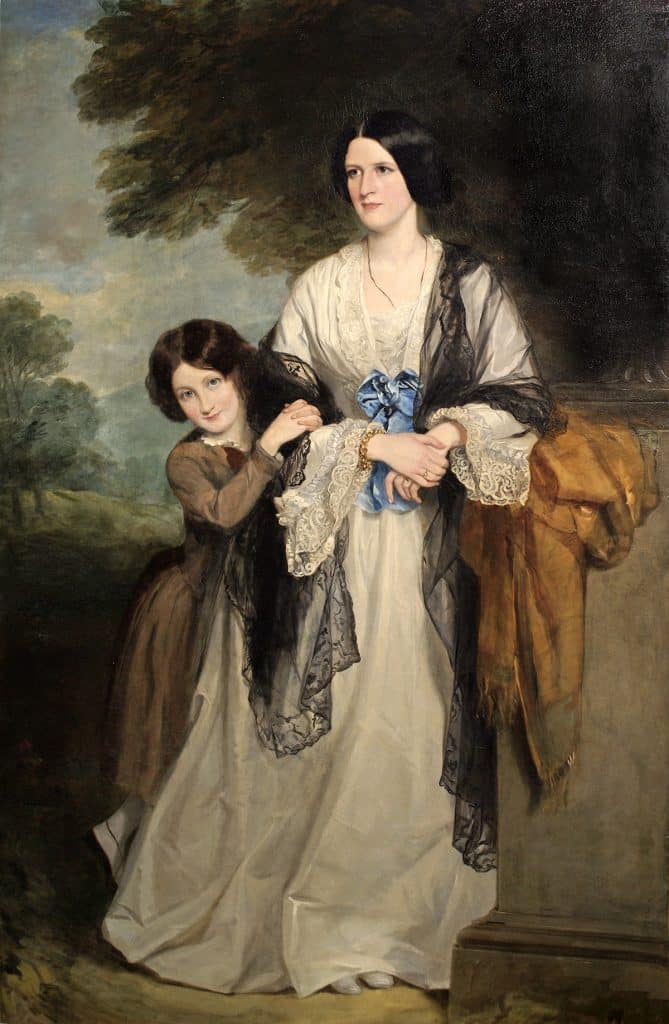
Restoration of St Withburga’s Church
Juliana, wife to the 2nd Earl, restored and redecorated St Withburga’s church at a cost of £9,000, following on from earlier refurbishments made by the 1st dowager Countess of Leicester.
1869
1870s
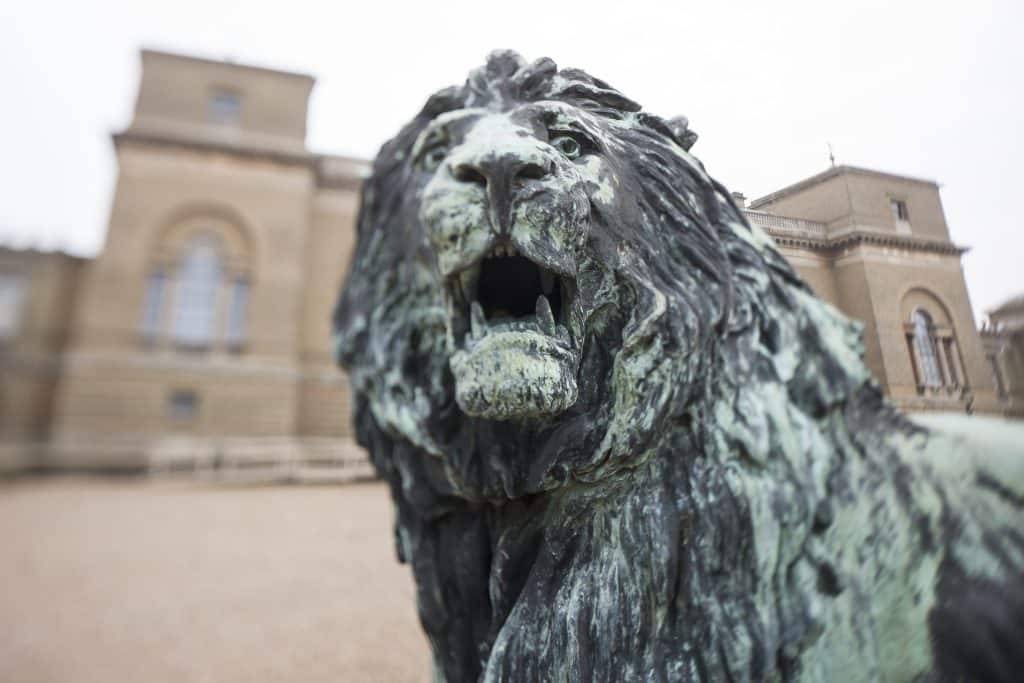
Pines, lions and incredible glasshouses
The famous pine woods between Holkham and Wells were planted in great numbers as a sea defence. The lion and lioness at the entrance to the Hall were commissioned to give a sense of arrival to visitors coming from the new train station. In the Walled Garden, two massive, heated glasshouses were built to grow grapes and peaches.
1870s
1909
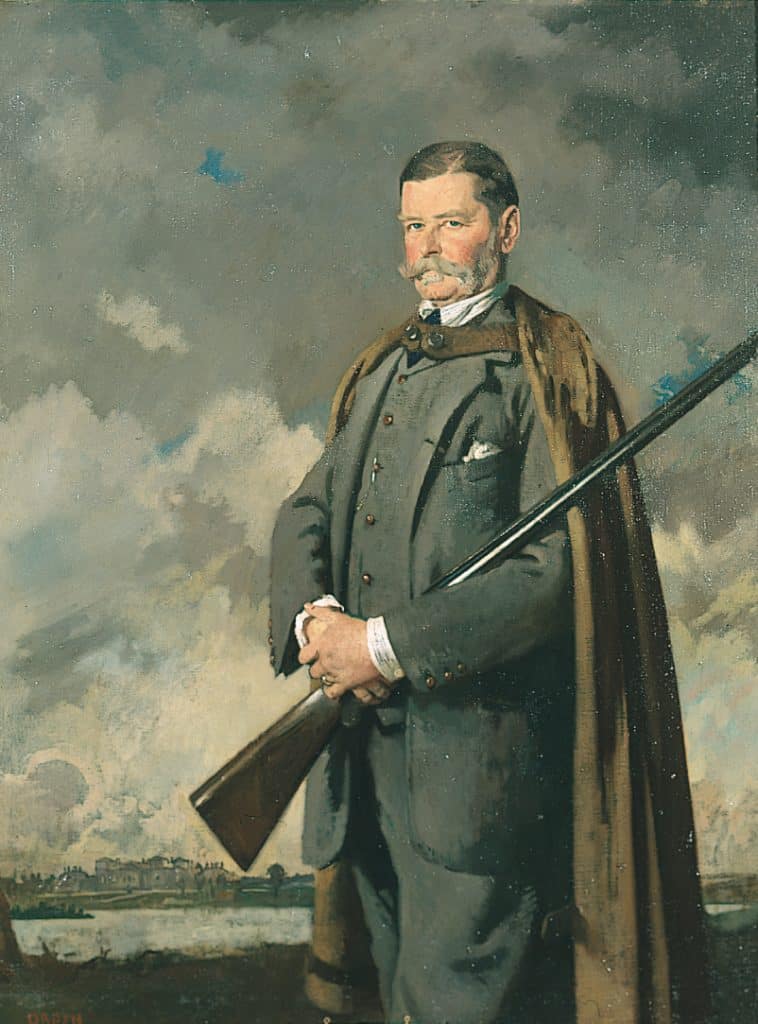
The 3rd Earl
On his succession, the 3rd Earl – Thomas William Coke – immediately embarked on renovating and modernising the hall, installing a new bell system, reupholstering state room furniture, gilding and painting the state rooms and reviving the oak floors.
1909
1913
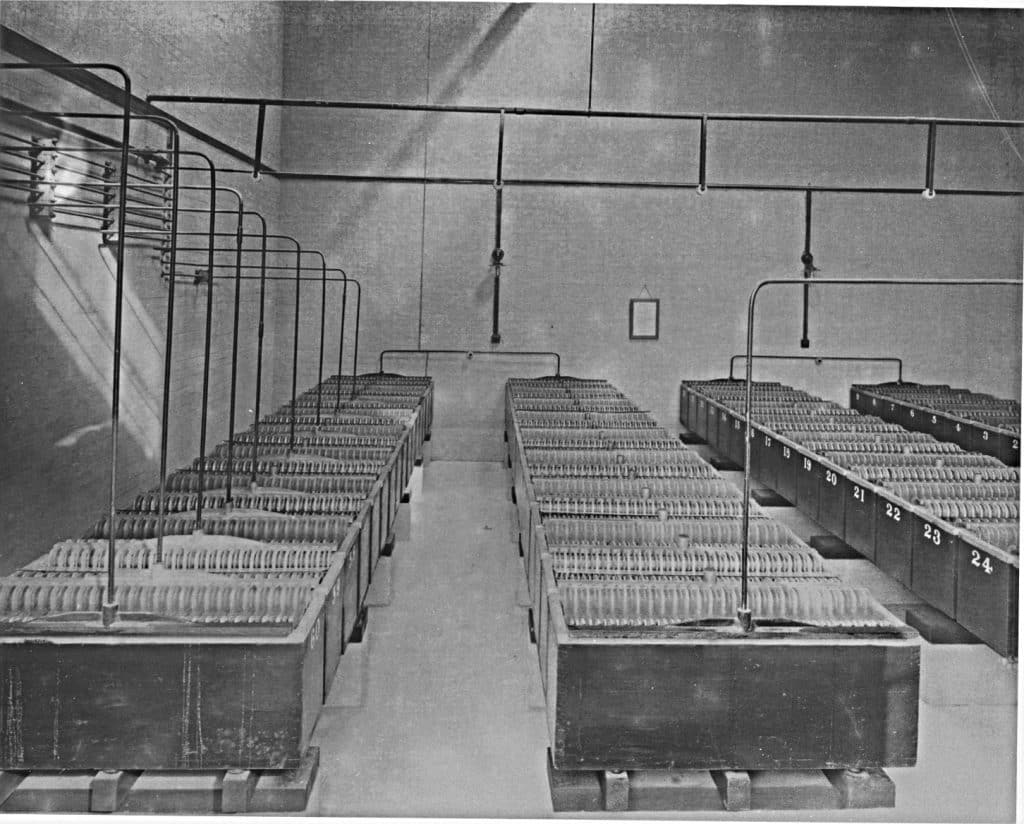
Electrification
Although not the first stately home to embrace electricity, Holkham did it with aplomb, taking three years to construct a private electricity generating plant and battery room for 1,920 lights in what is now the Courtyard Café.
1913
1926
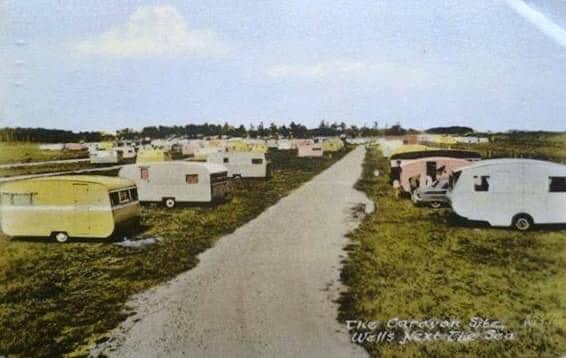
A holiday destination
A camping and caravan site was established at the north end of Wells Bank – the site where Pinewoods holiday park sits today.
1926
1941
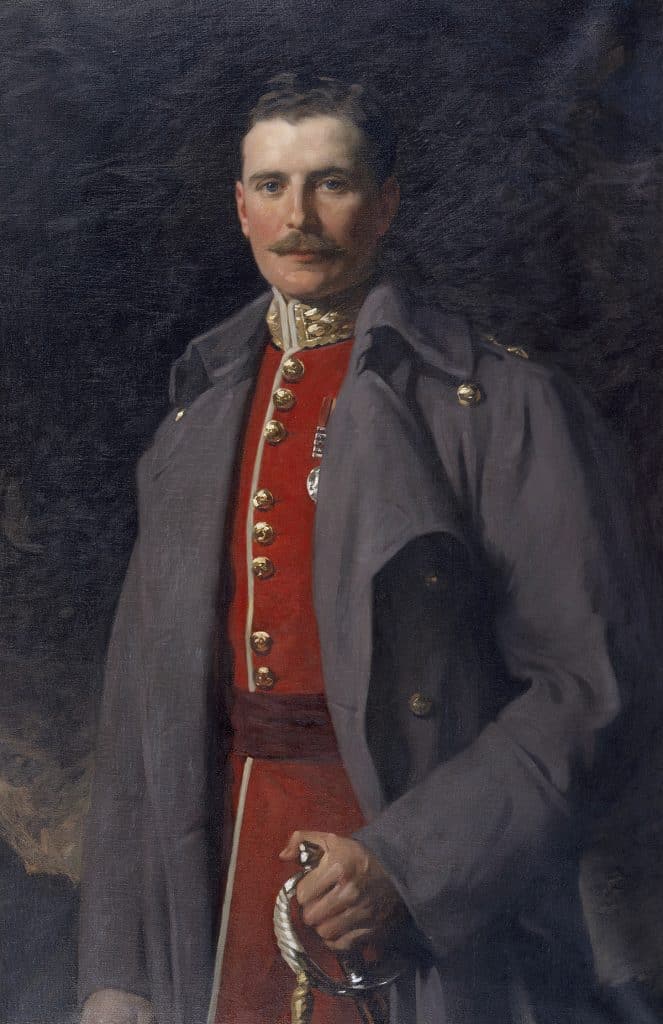
The 4th Earl
The estates finances were struggling, forcing the 4th Earl to look into transferring the Hall over to the National Trust as the only way ‘to save Holkham and all its treasures from ultimate dispersal’. Thankfully wheels were put in motion to prevent this and the Hall remained in the family’s custodianship.
1941
1942
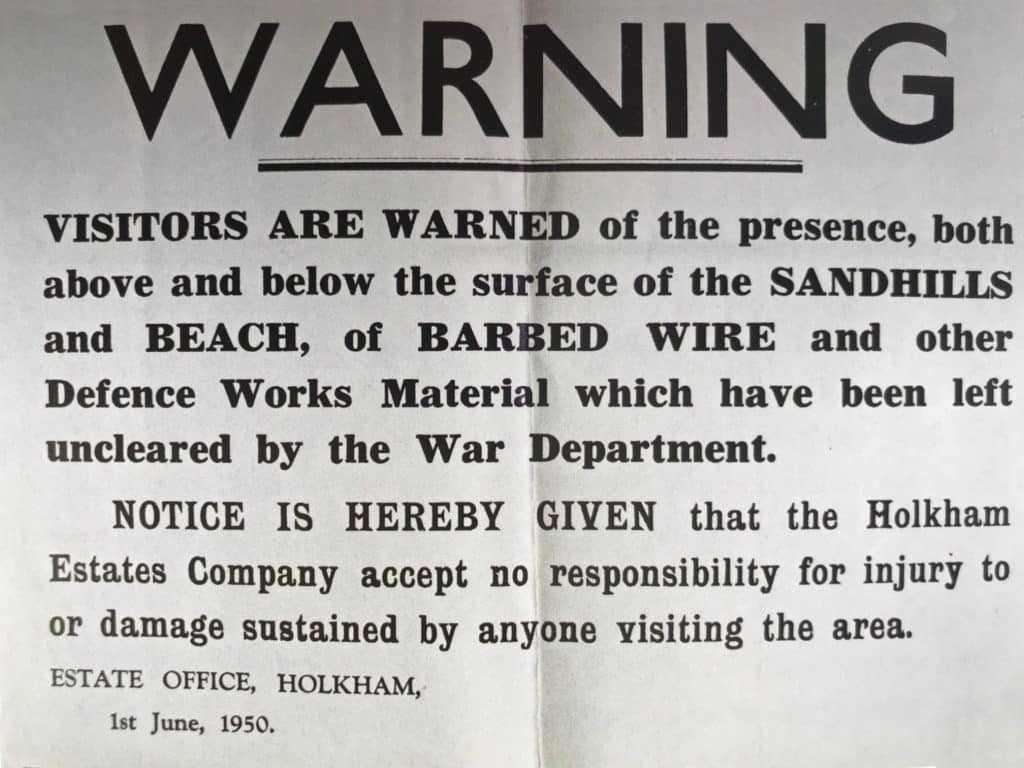
Requisition
Not uncommonly for a stately home in WW2, the Hall’s Chapel and Kitchen Wings, the Bowling Alley, Stables, Laundry and Drying Green were requisitioned for army use, mostly by the Royal Engineers. The marshes, dunes and beach were also requisitioned and heavily fortified with barbed wire.
1942
1949
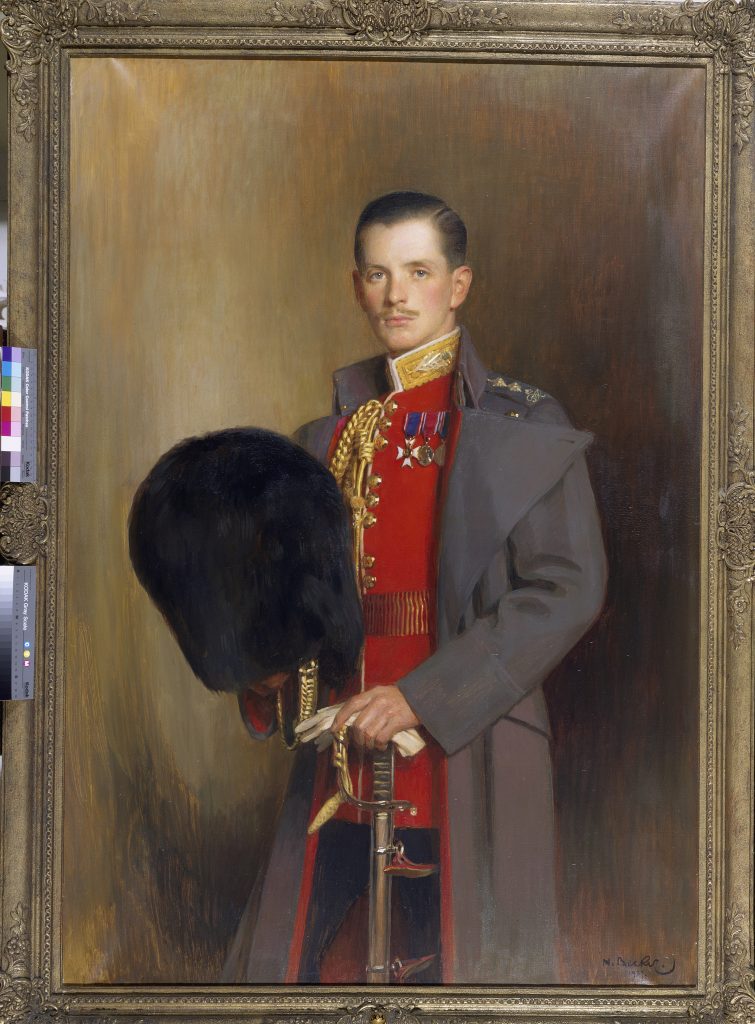
The 5th Earl
Following the untimely death of the 4th Earl, the slow route to financial recovery started, enabling the 5th Earl to commission yet more repair work to the Hall, including rewiring, repair and replacement to curtains and upholstery and restoring paintings. Various buildings across the estate were also renovated.
1949
1950
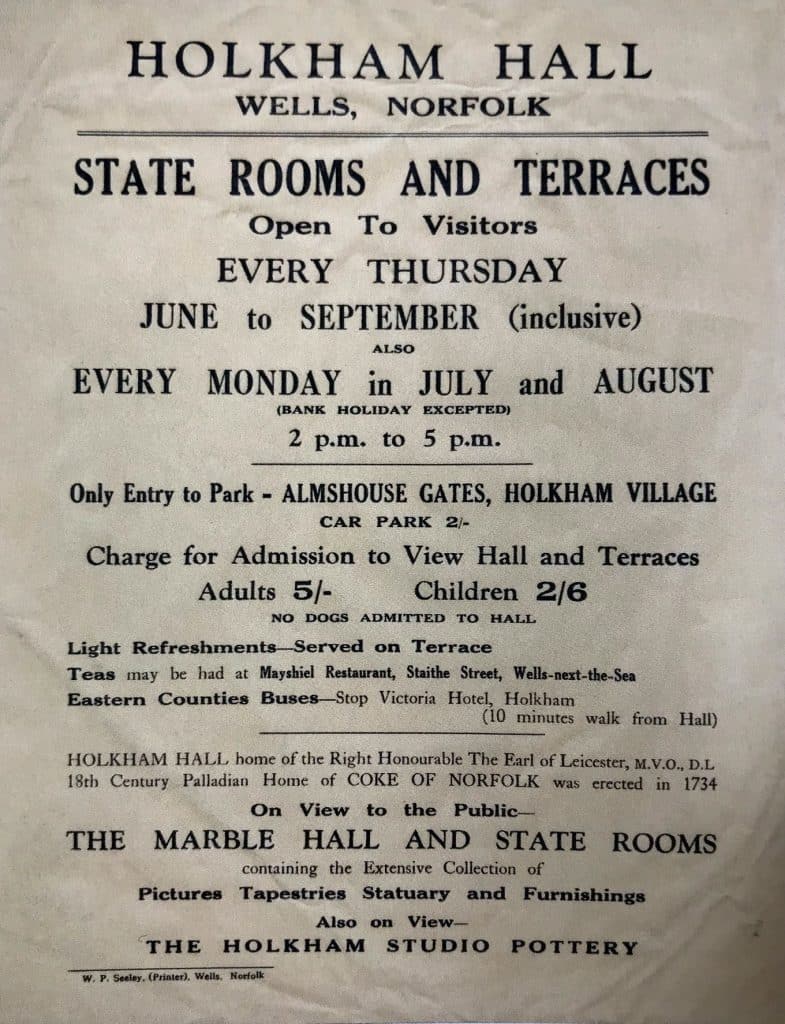
A grand day out
Holkham Hall opened regularly to visitors in return for an admission fee. Over nine Thursday afternoons in July and August 1950, 8539 visitors each paid 2s 6d to tour the State Rooms. On the busiest afternoon a massive 1500 people visited the Hall.
1950
1951
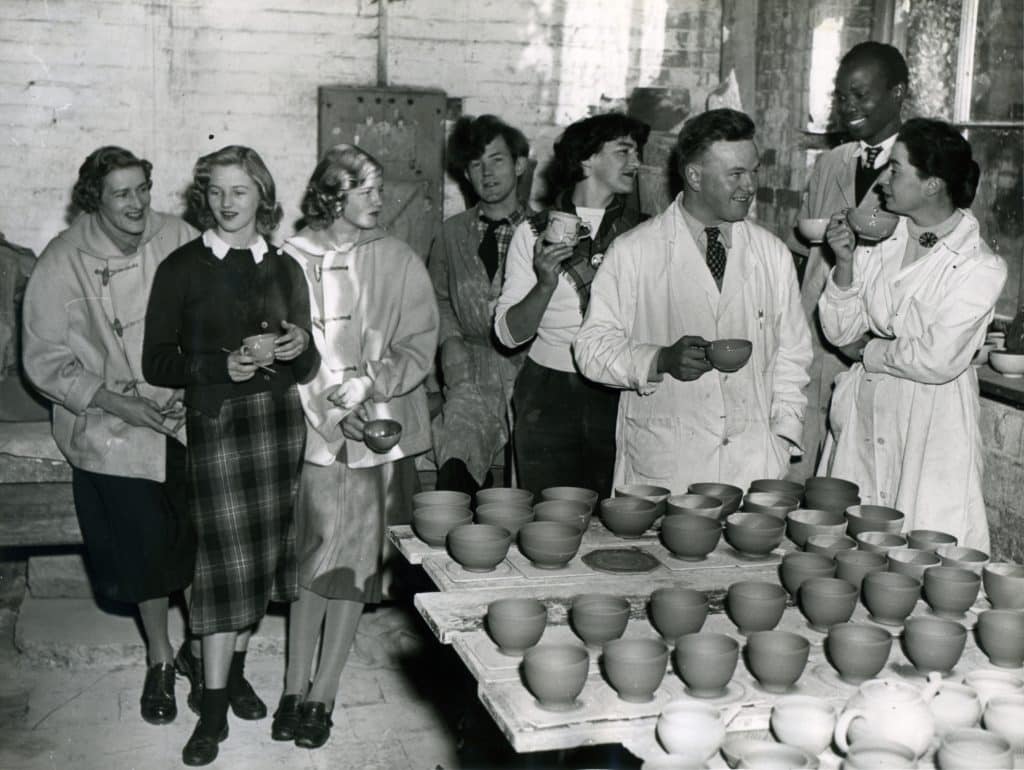
Holkham Pottery
The idea of Elizabeth Leicester, wife of the 5th Earl, Holkham Pottery was set up in the newly converted Bowling Alley and Laundry. As well as creating an additional attraction to Holkham, it also provided important local jobs, including for Lady Elizabeth and her two eldest daughters.
1951
1953
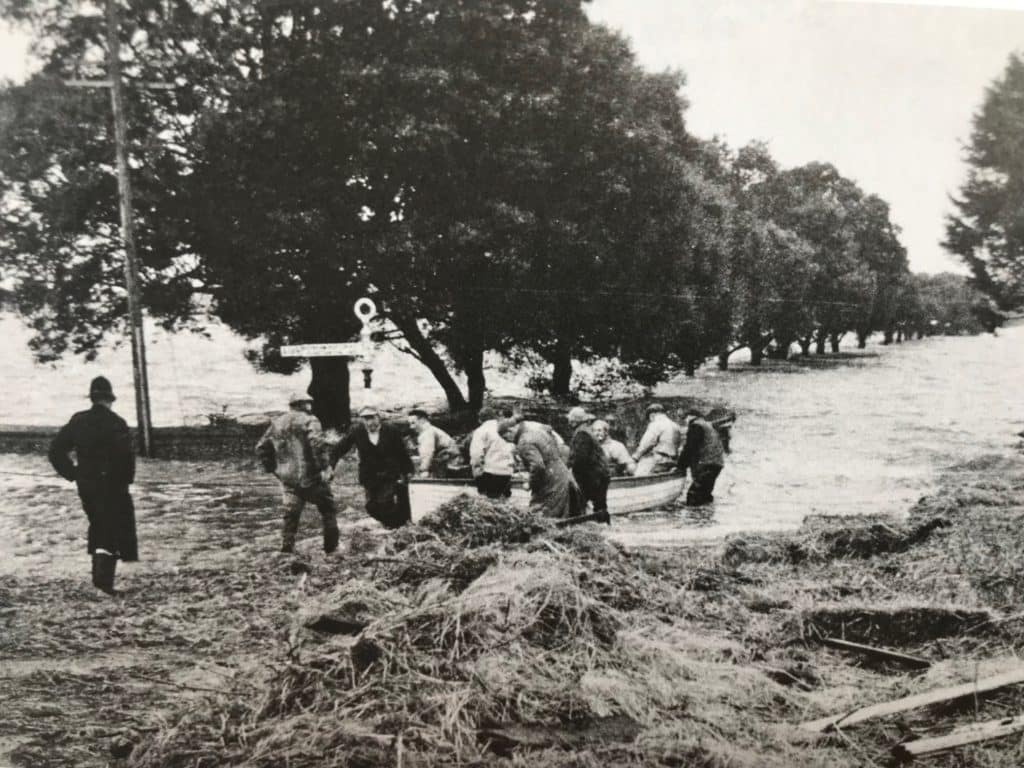
Devastating flooding
The severe floods hit the north coast of Norfolk badly. The coastline was greatly damaged and the railway was swept away, the water on the Coast Road was almost two metres deep and there were several breaches in the park wall.
1953
1976
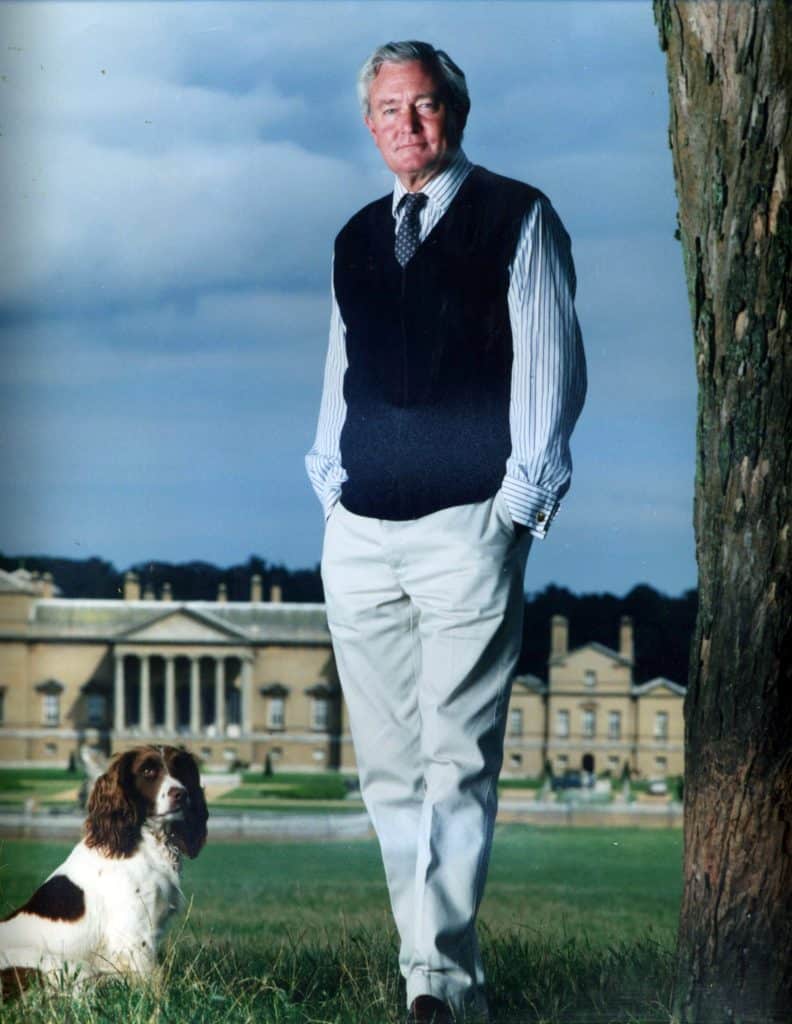
The 7th Earl
Edward Coke (later the 7th Earl) took full control over the running of Holkham Estate after the death of the 5th Earl. His father (the 6th Earl) lived in South Africa for most of his life and didn’t wish to return to the UK to take on the running of Holkham. Edward, challenged with turning the fortunes of the estate around, applied a thorough grounding in farming and estate management and embraced his cultural inheritance. Amongst his many achievements he made the farming operation profitable again, modernised the 300 estate houses and instigated many sensitive, authentic alterations to the hall, such as reinstating the original style of windows, rehanging pictures in their original locations and restoring rooms to their original uses.
1976
1978
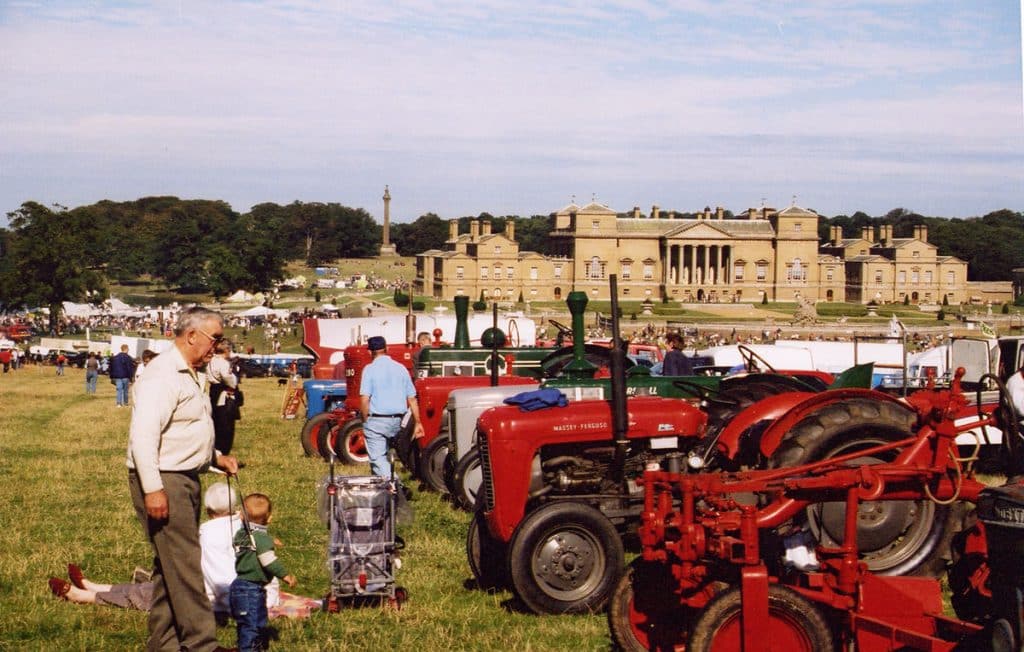
Revival of the Country Show
On the 200th anniversary of Coke of Norfolk’s ‘Sheep Shearings’ the 7th Earl revived the country show with the first Holkham Country Fair, celebrating rural pursuits, country life, wildlife, farming and conservation.
1978
2005
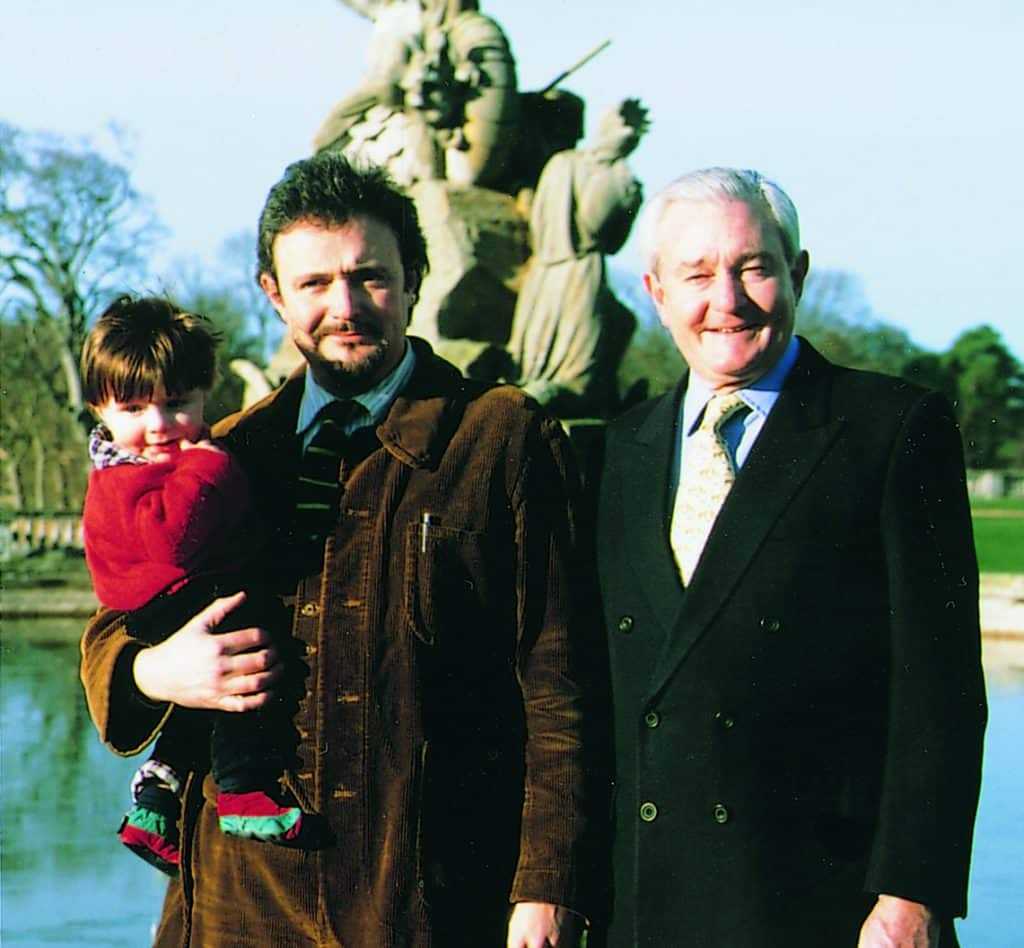
The 8th Earl
The 7th Earl retired and handed over running of the estate to his son (now the 8th Earl). A new company – Holkham Enterprises – was created to develop the visitor operations and ensure the future of the hall and its collections.
2005
2010
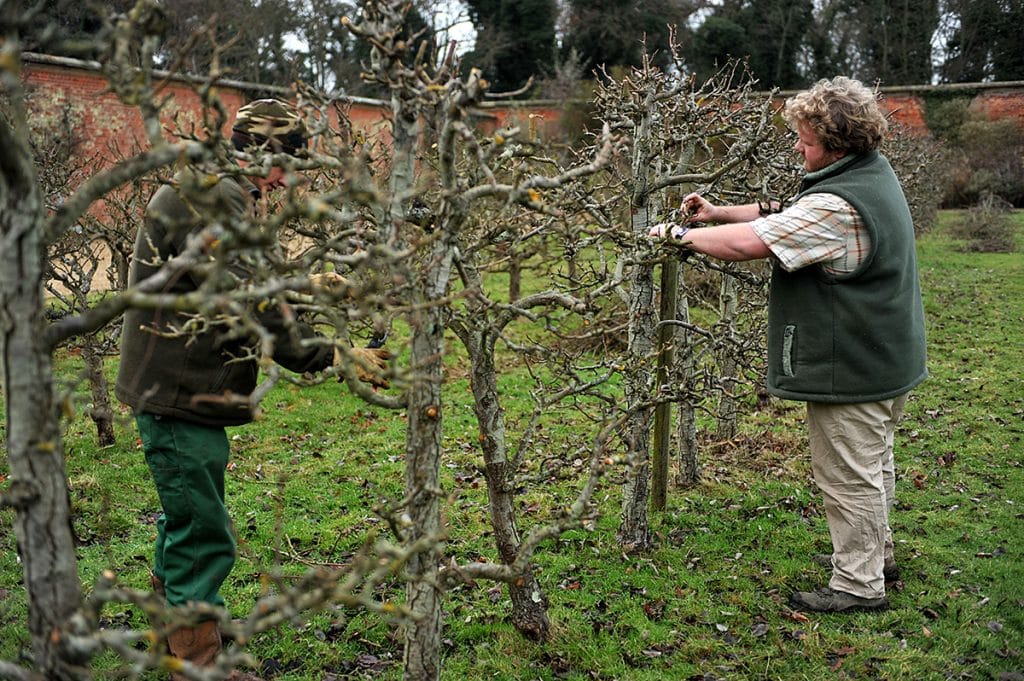
Restoring the gardens
After being run by a tenant as a garden nursery, the walled garden was taken back in hand and an ongoing project to restore it to its former glory got underway. Much clearing of planting had to be done, glasshouses renovated, investigation into the history of the garden, a vineyard and kitchen garden planted, event area created and sensitive renovation of the incredible buildings ensued.
2010
2011
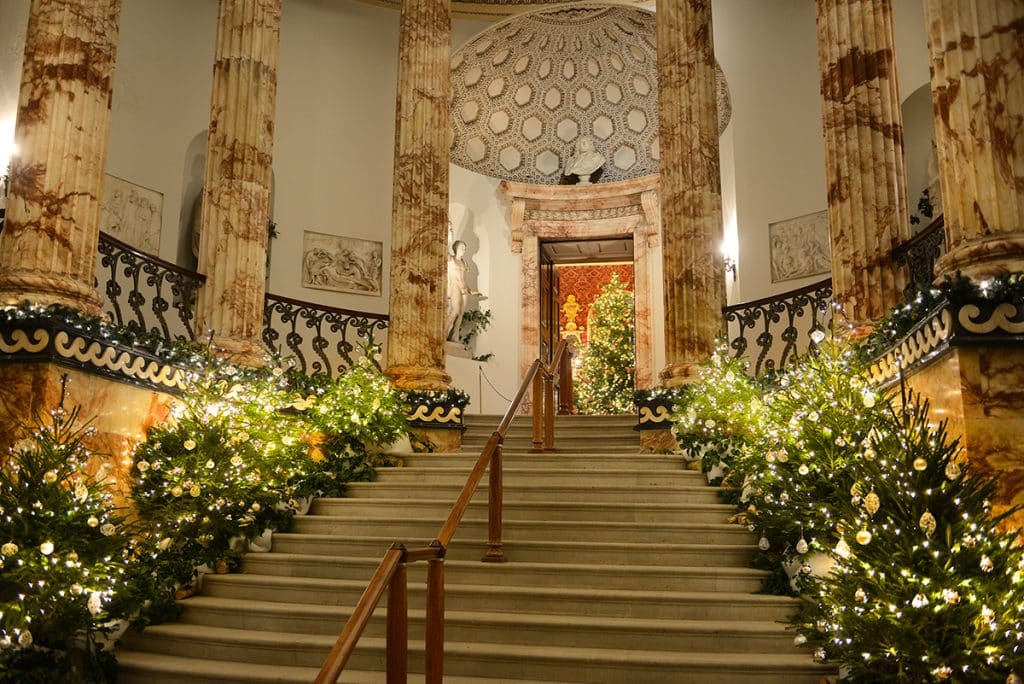
A merry Christmas
Holkham Hall opened its doors to visitors at Christmas for the first time. Lady Leicester and her team magically transformed the state rooms, creating a truly festive experience which has grown year on year ever since.
2011
2016
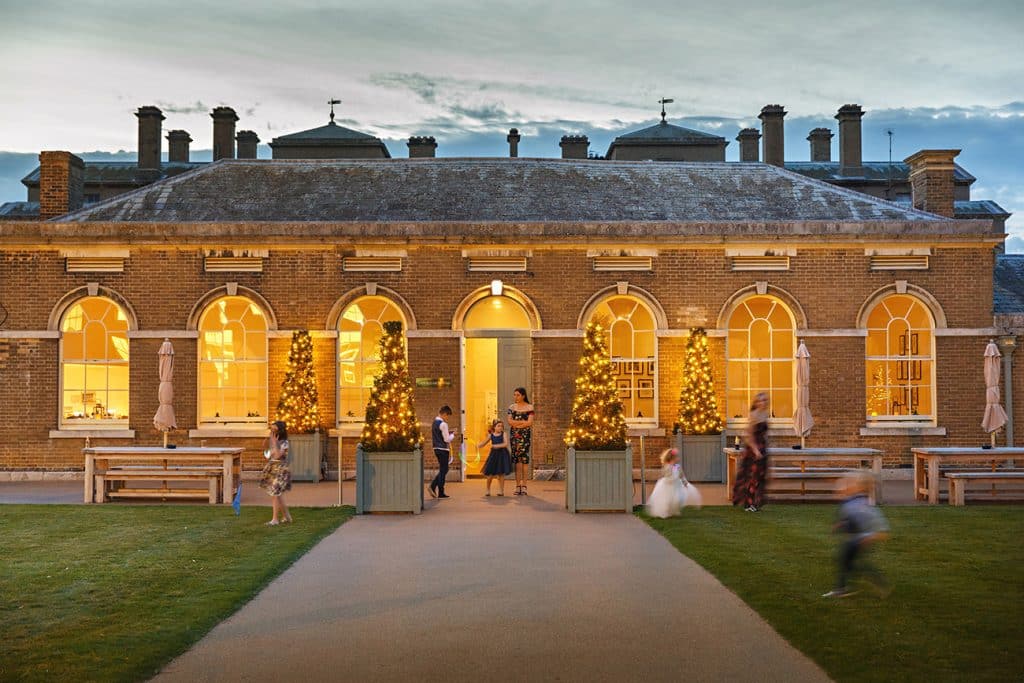
New and improved visitor experience
Revitalising the Stables Courtyard for the 21st century, our new visitor hub opened giving visitors a remodelled café, gift shop, brand new Holkham Stories Experience and – following the closure of Holkham Pottery in 2009 – the Lady Elizabeth Wing events venue.
2016
2018
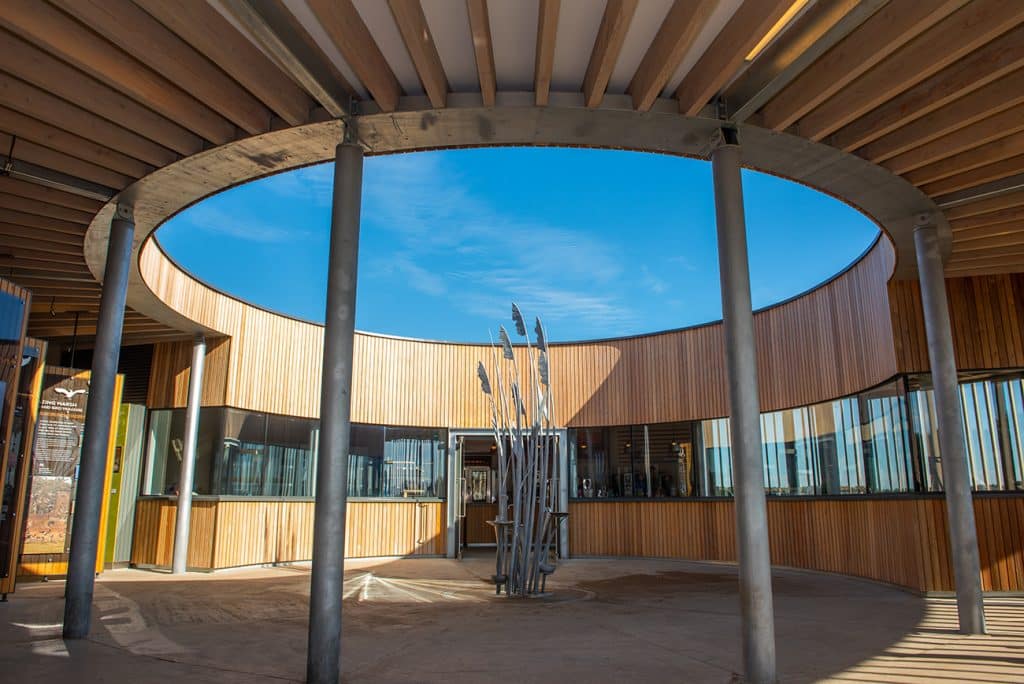
The Lookout
Our small, but perfectly formed, visitor centre at the entrance to the Holkham National Nature Reserve and Beach opened. Providing much needed toilets, water fountains and café, the Lookout is also where visitors can find out more about this special place, the wildlife that lives here and what they can do to help protect it.
2018
2020

Launch of WONDER
Sustainability has always sat at the heart of Holkham and in 2020 we set out our new sustainability strategy – WONDER – formed of three key pillars: pioneering environmental gain, championing low carbon living and stamping out waste.
2020
2022
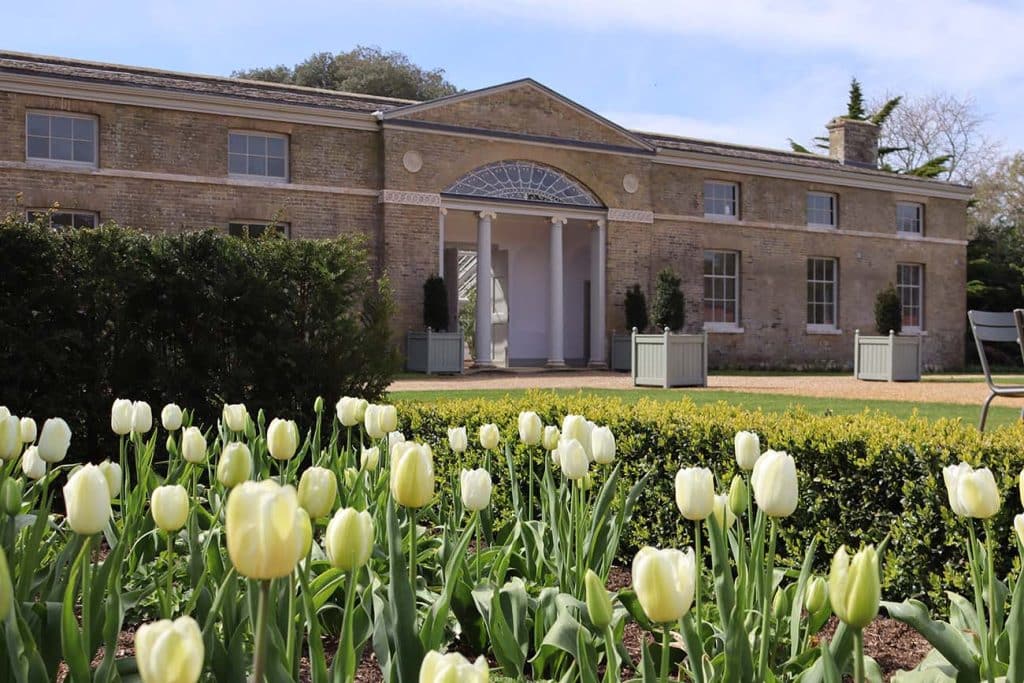
Our latest restoration project
The Samuel Wyatt Vinery at the entrance to the Walled Garden has been lovingly restored and brought back into use. Visitors can now explore inside and walk into the tranquil glasshouse.